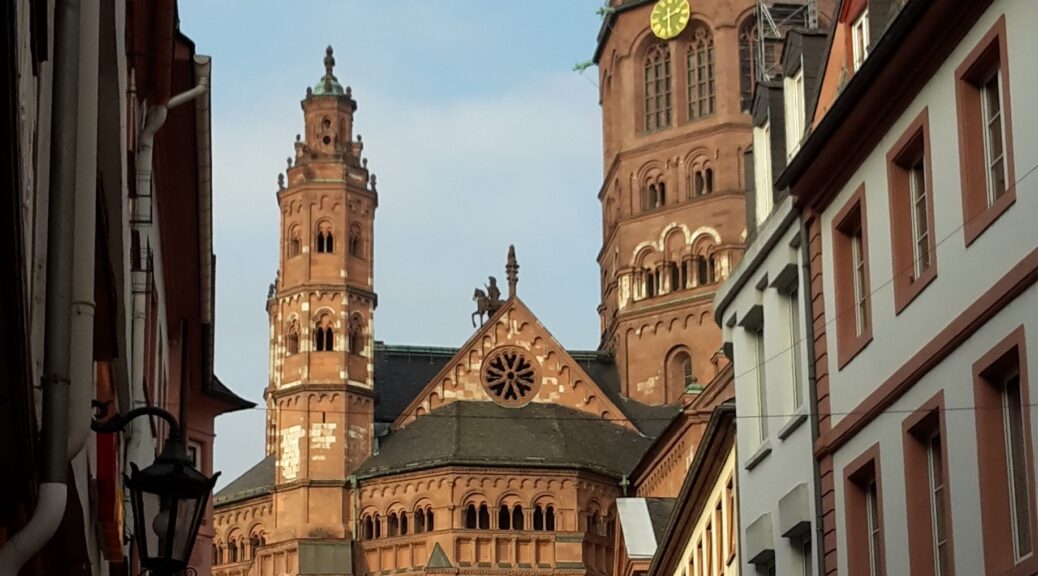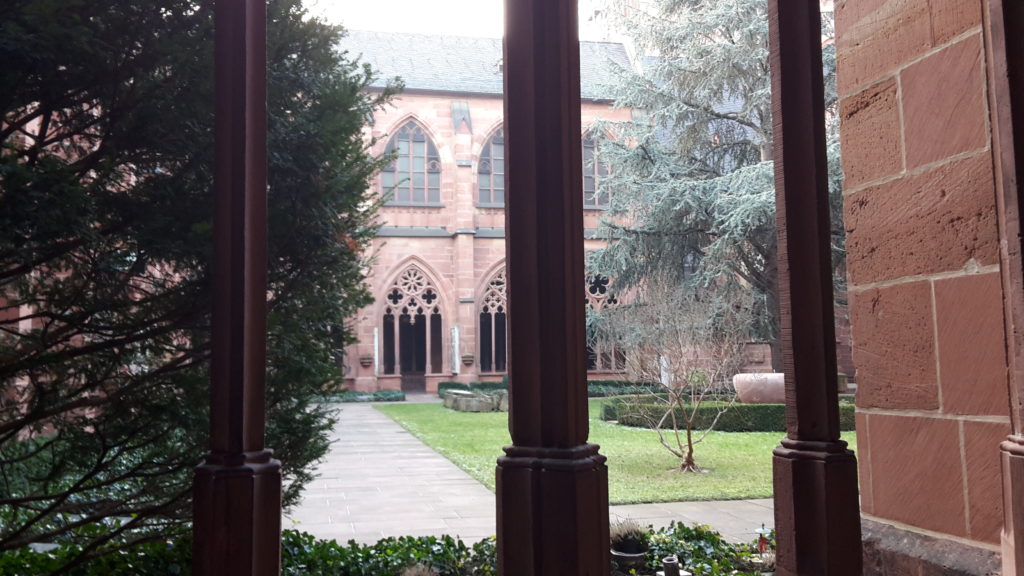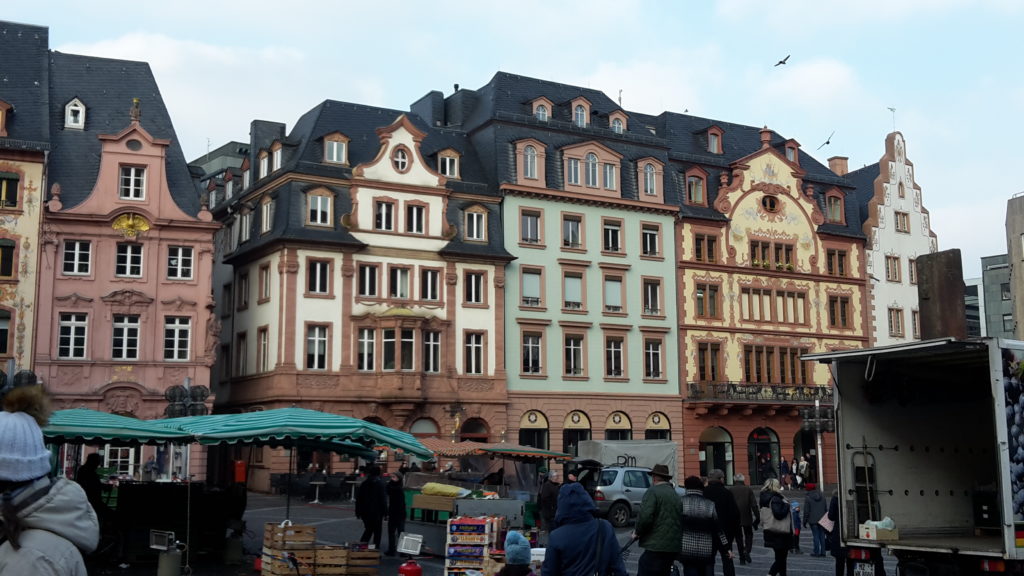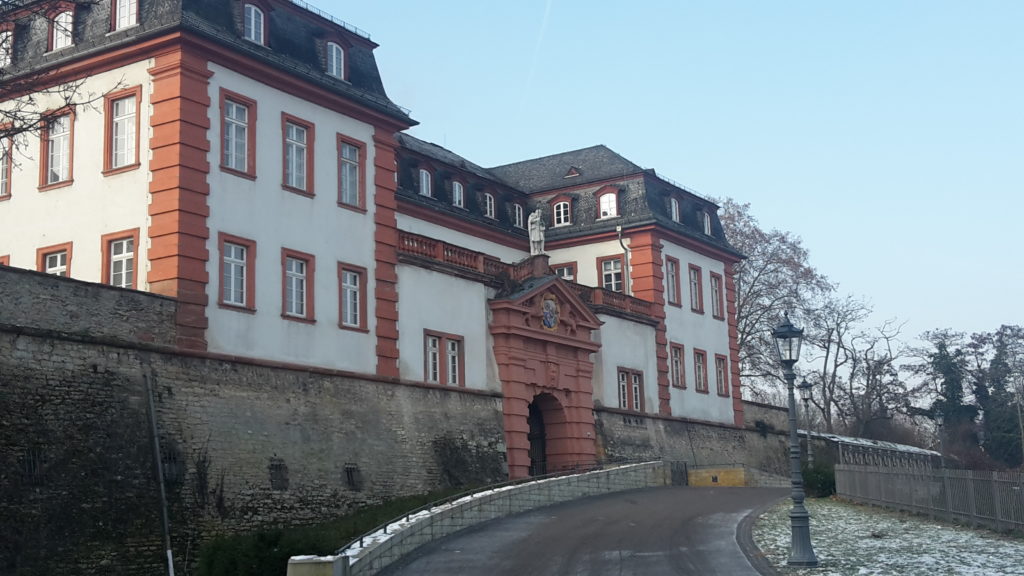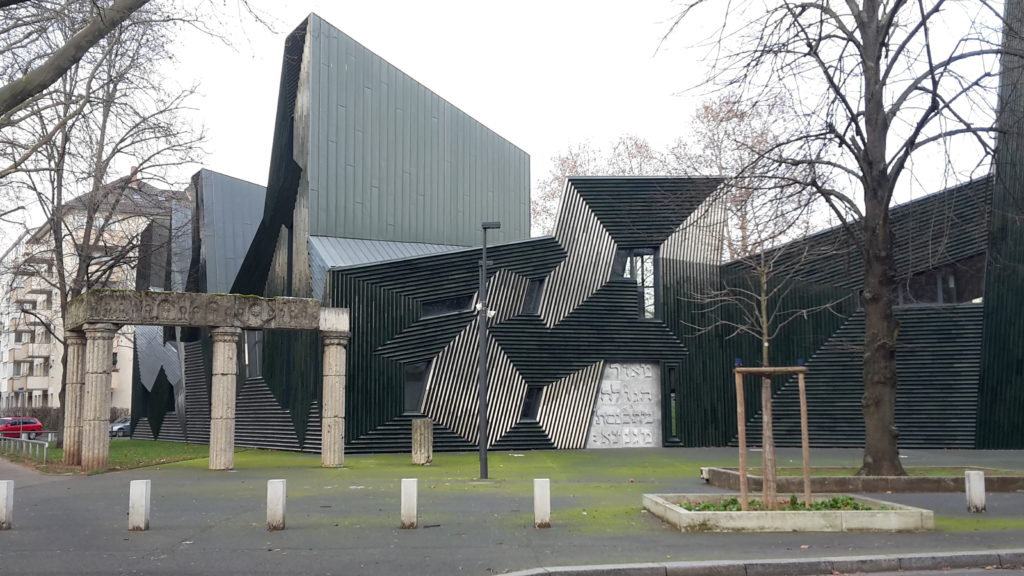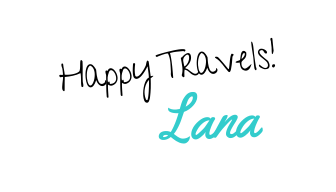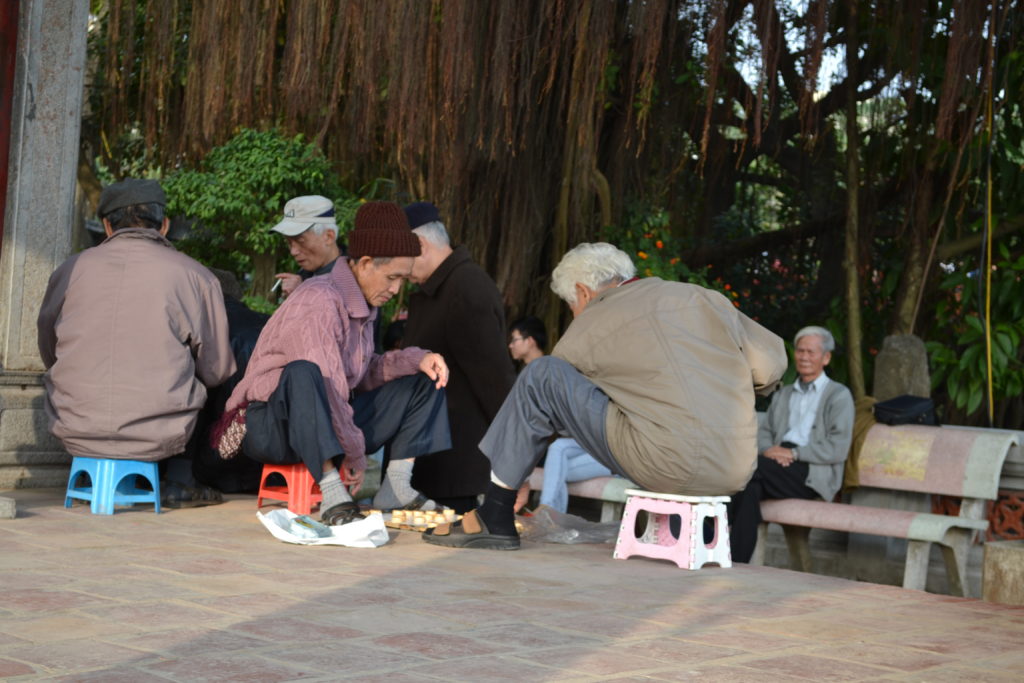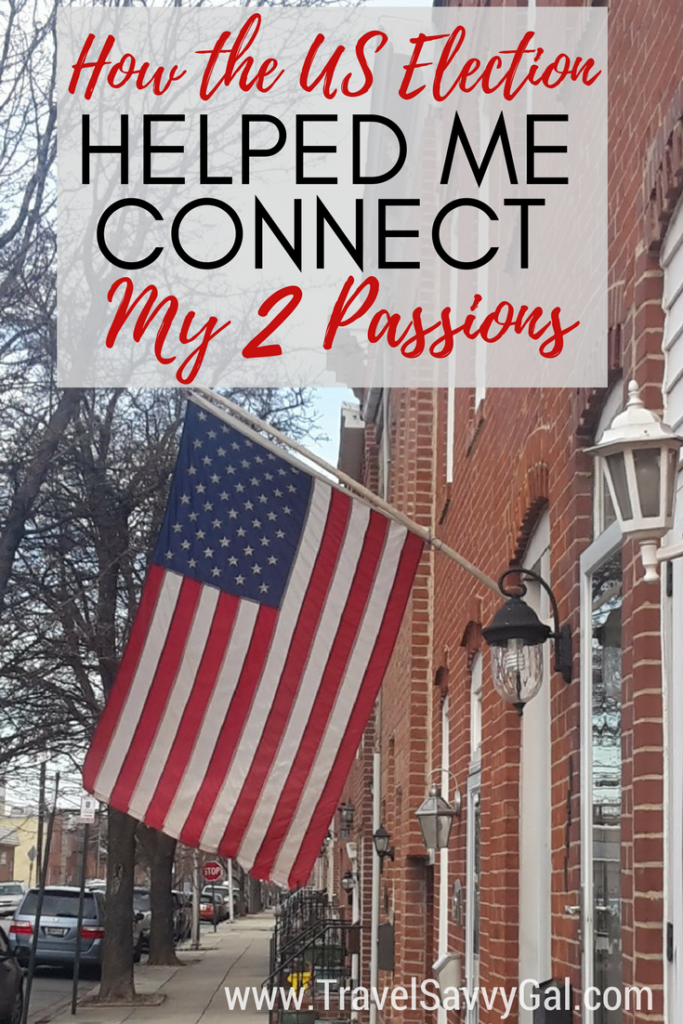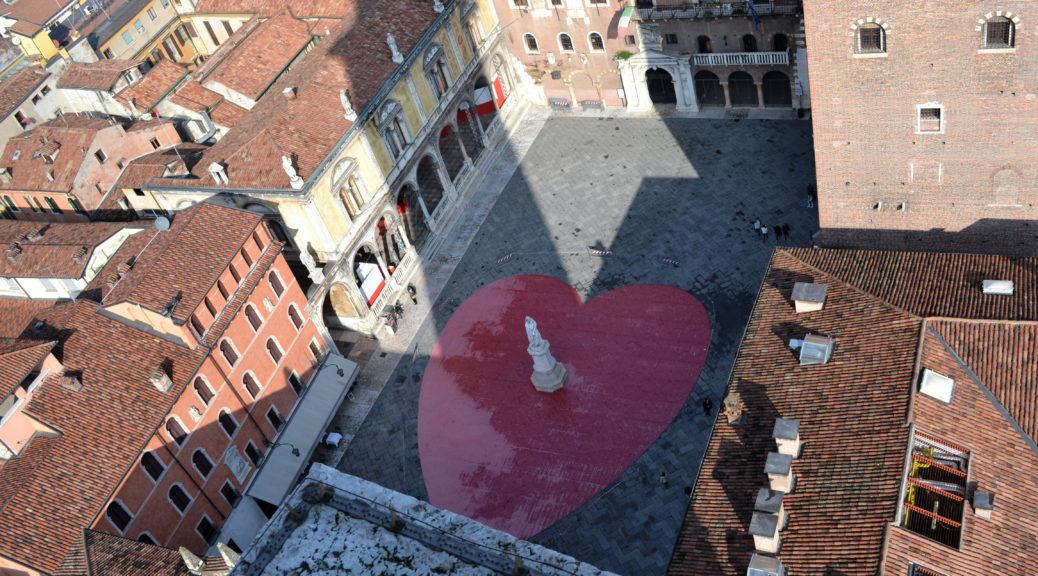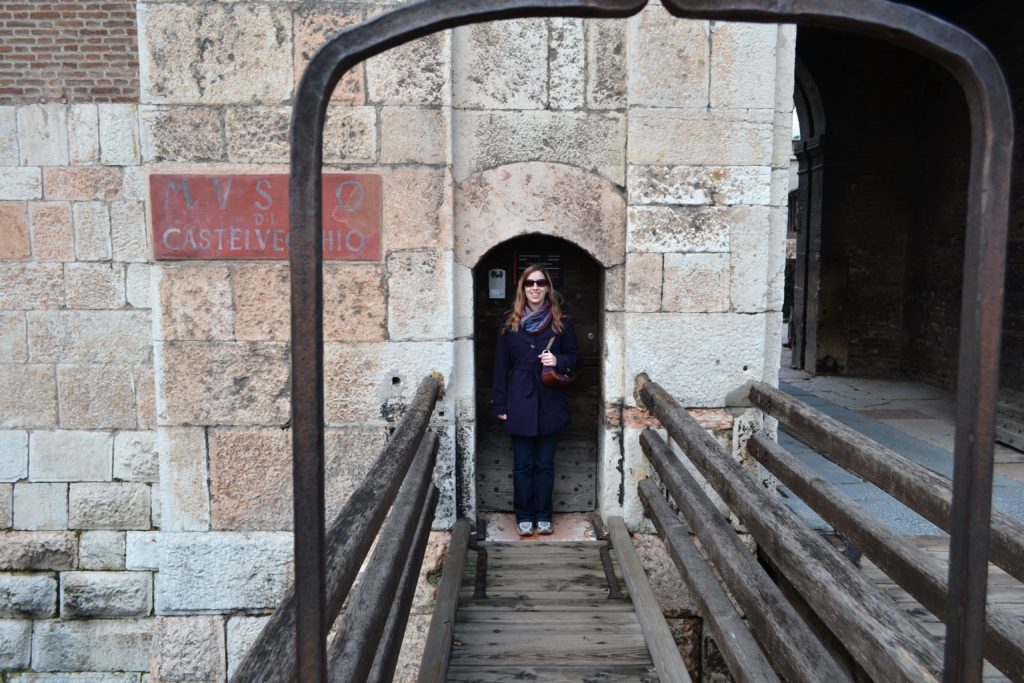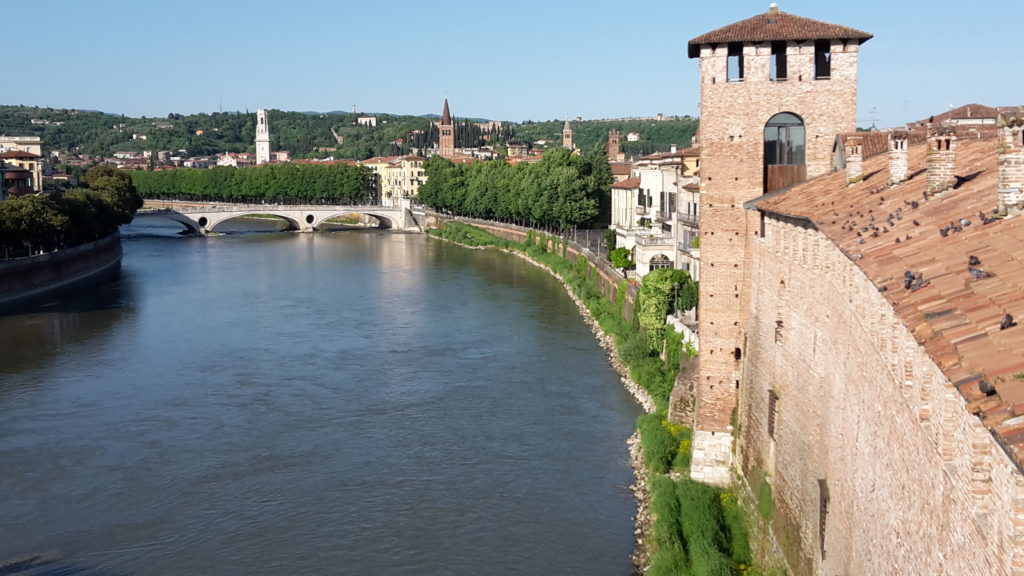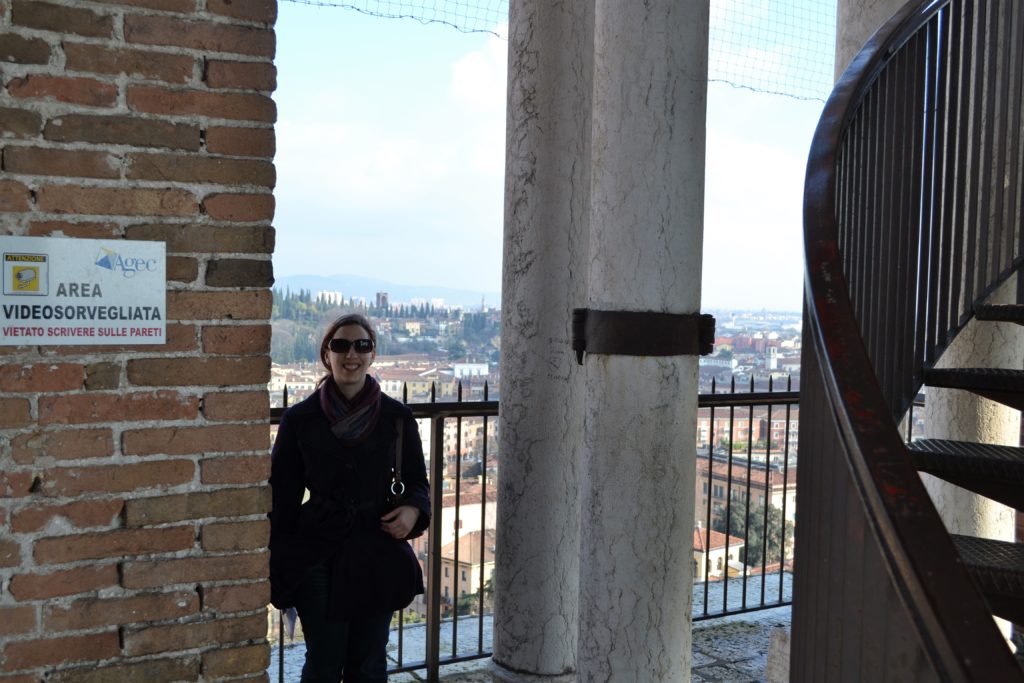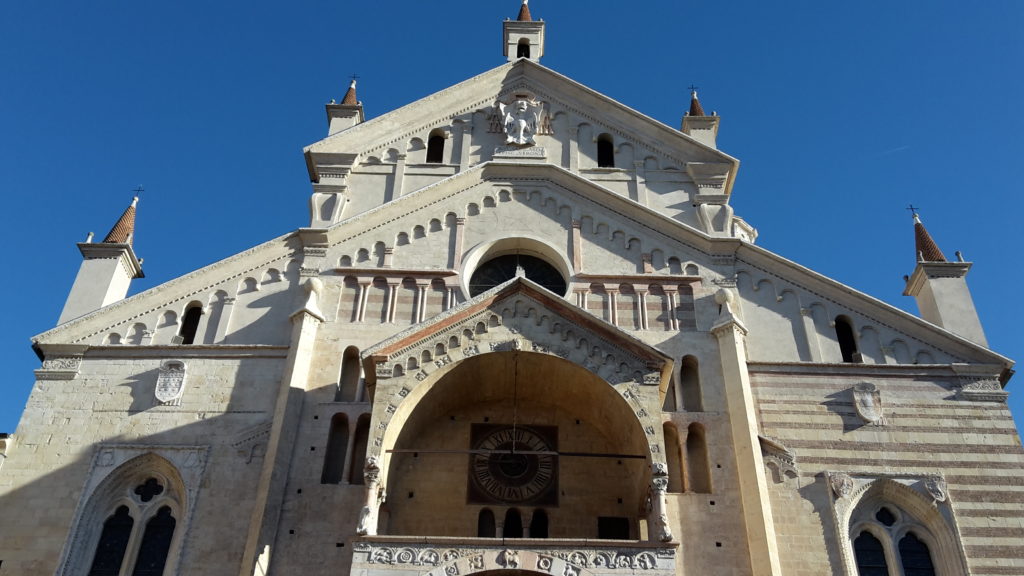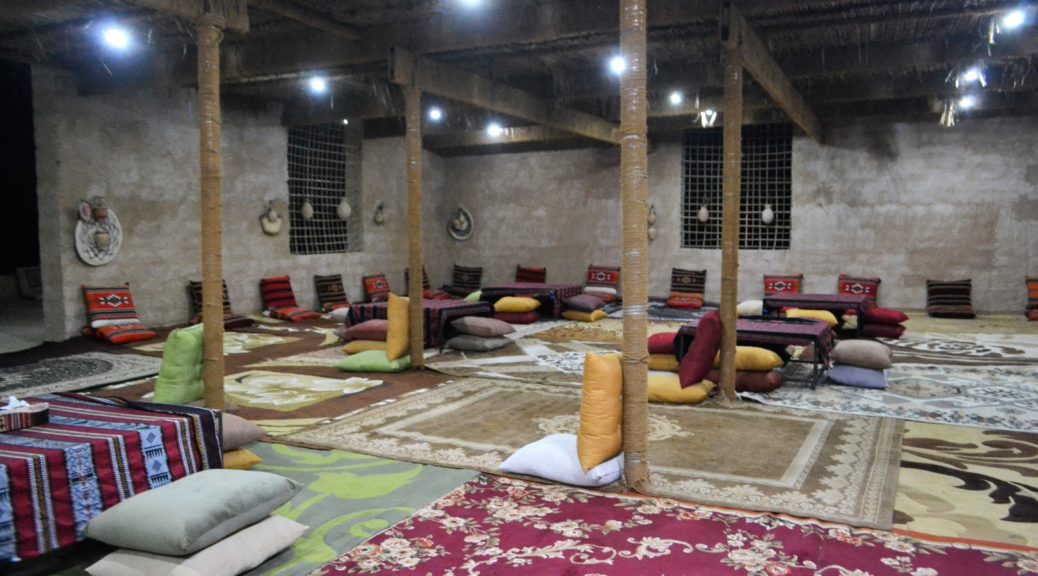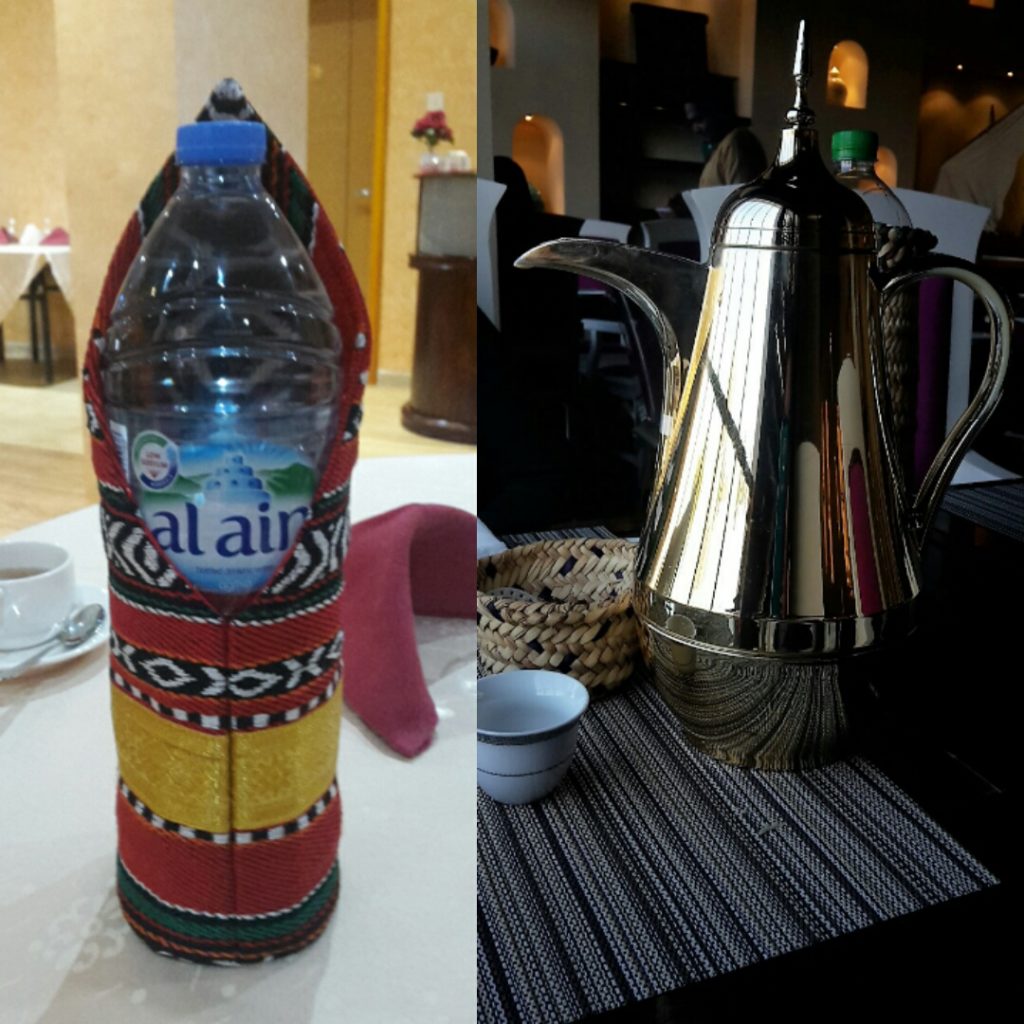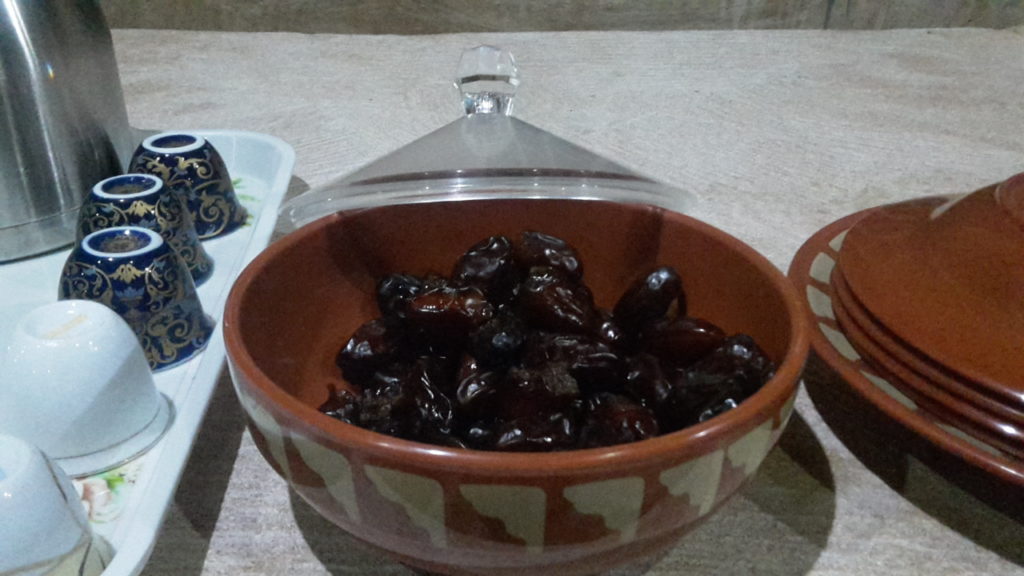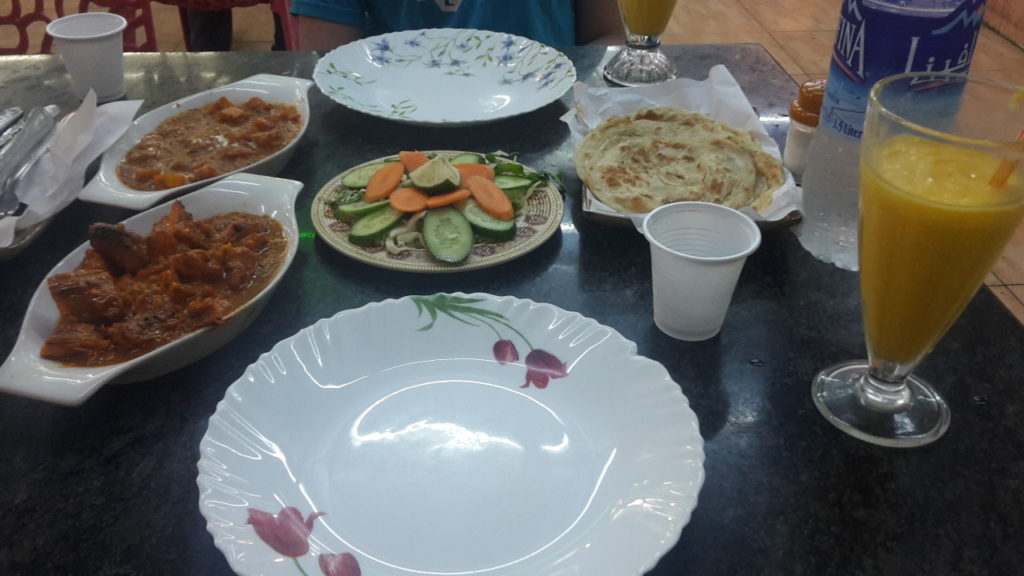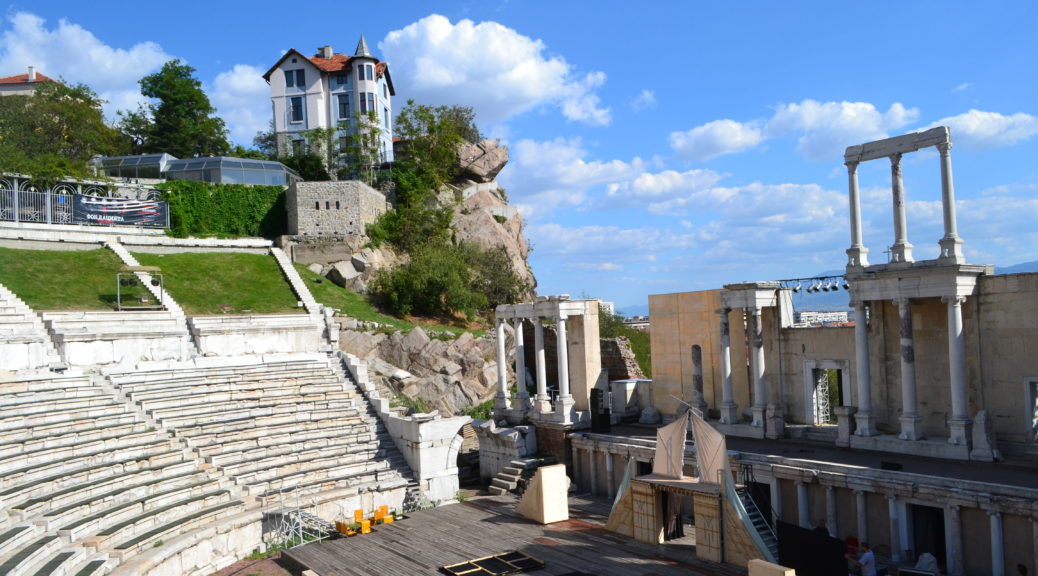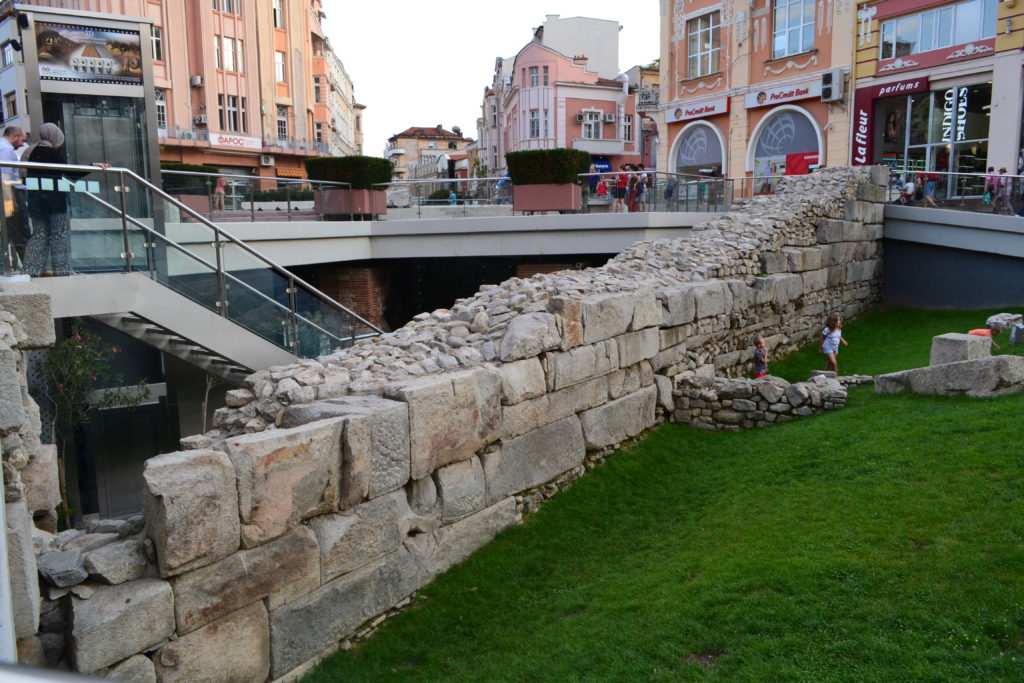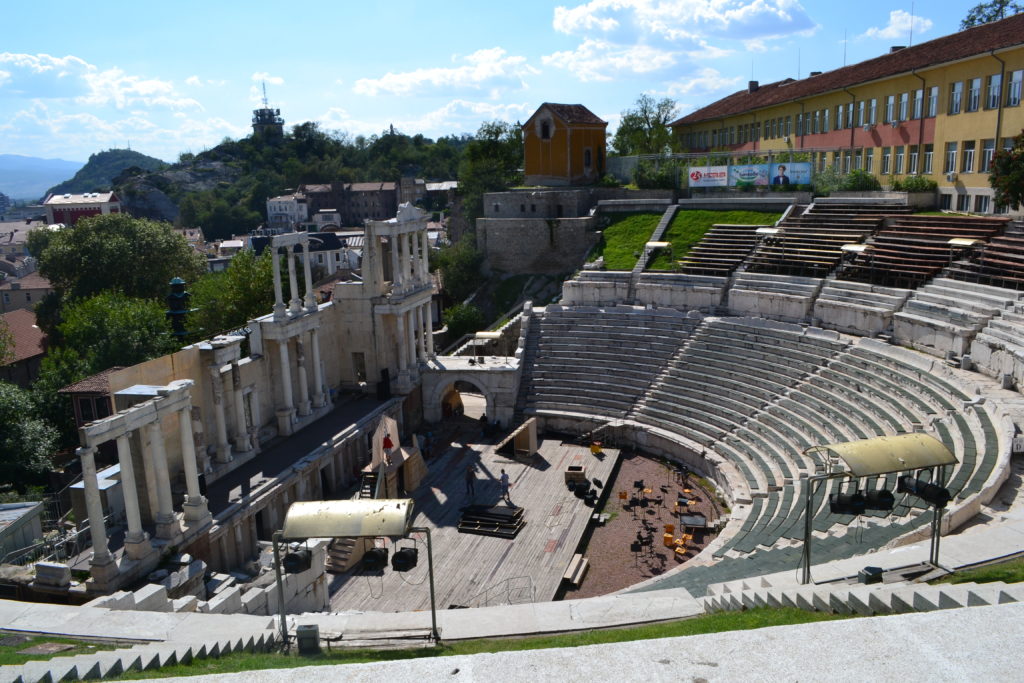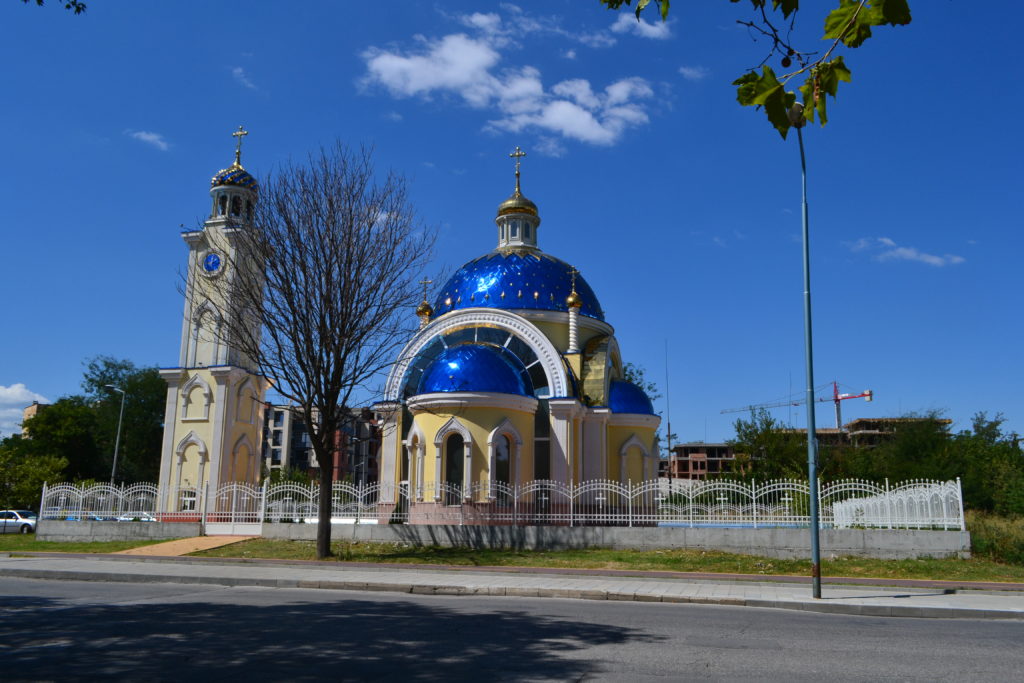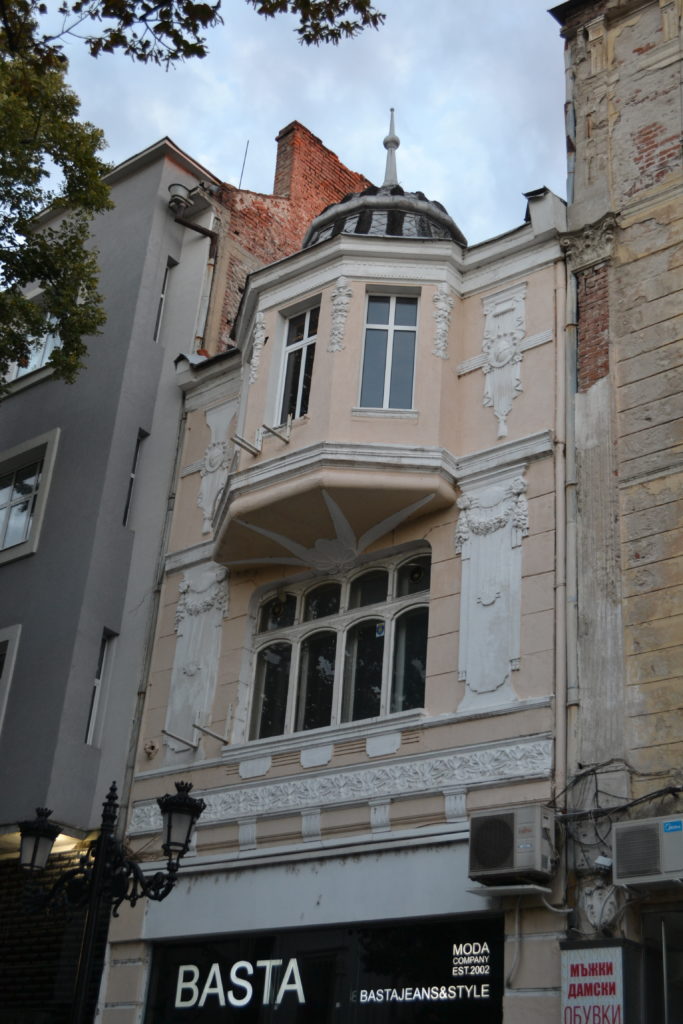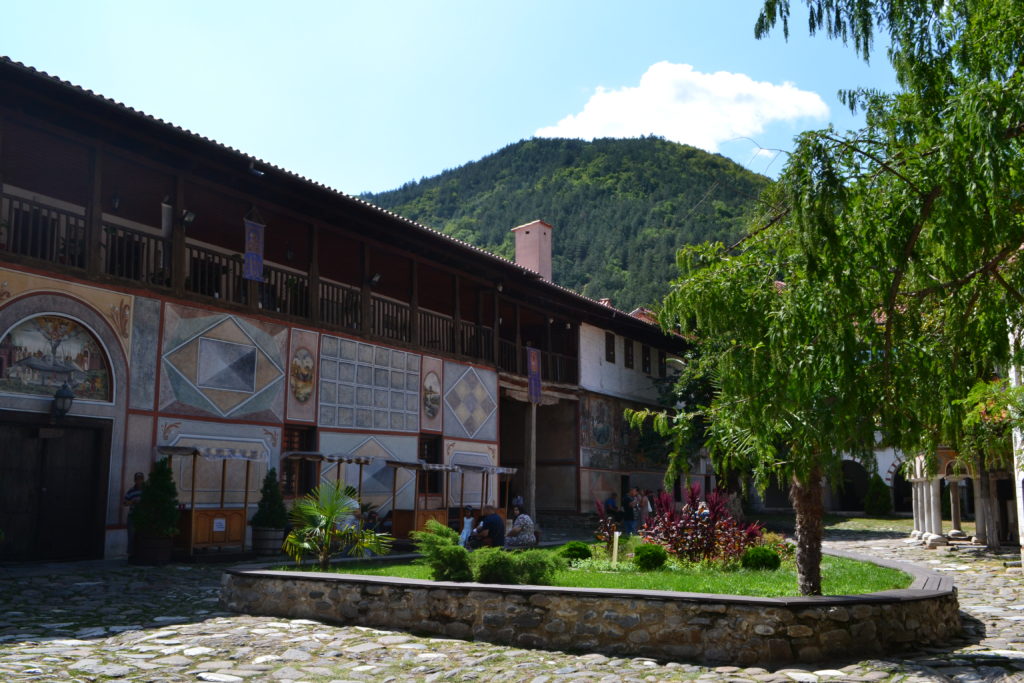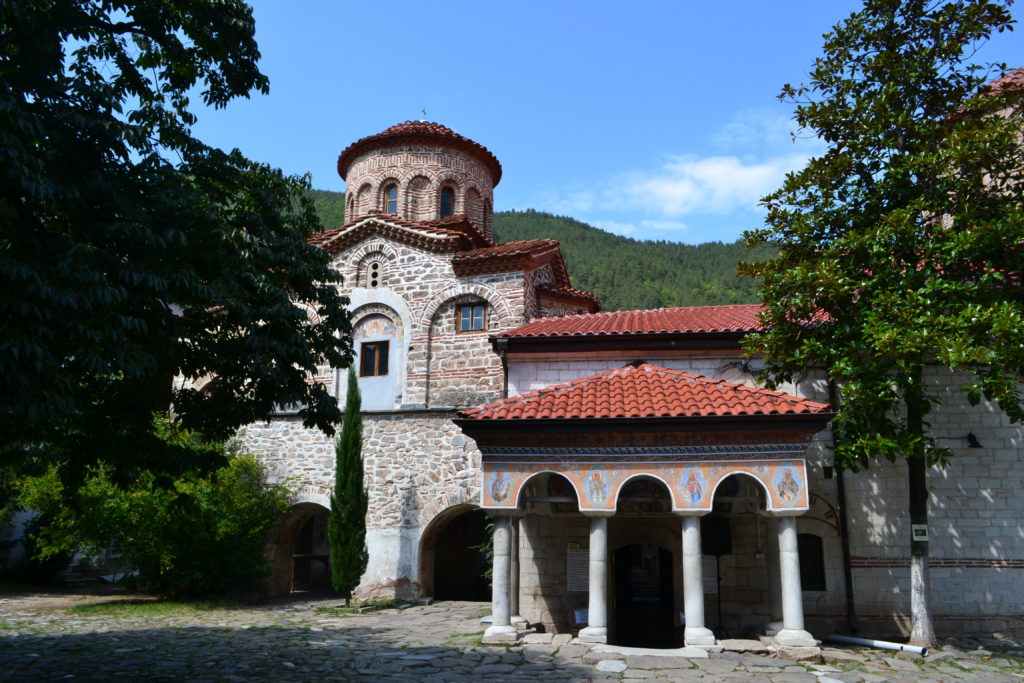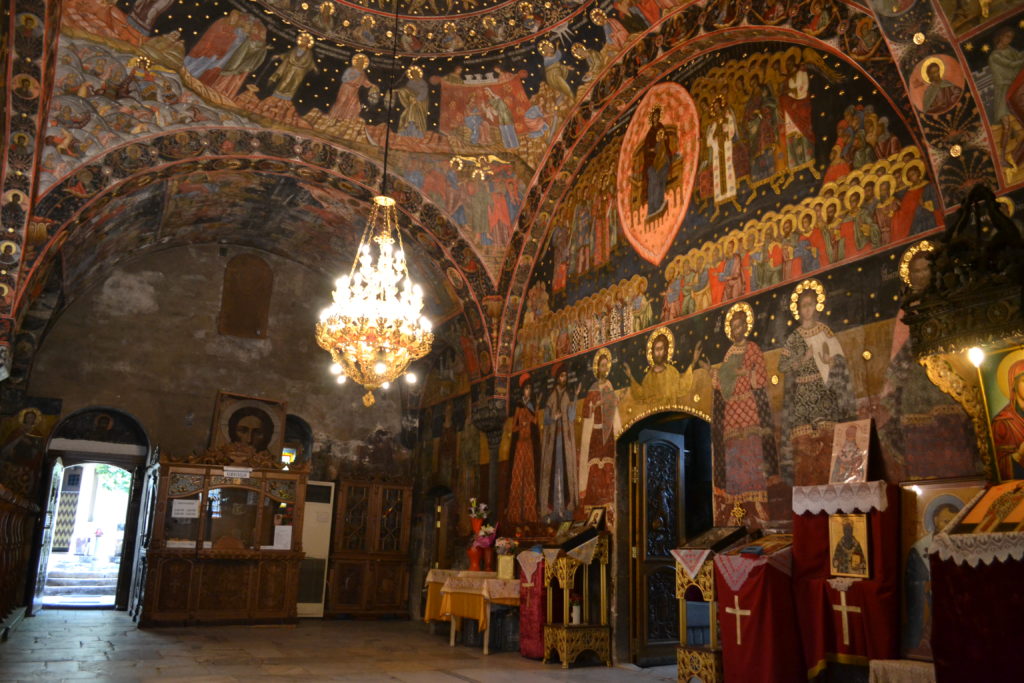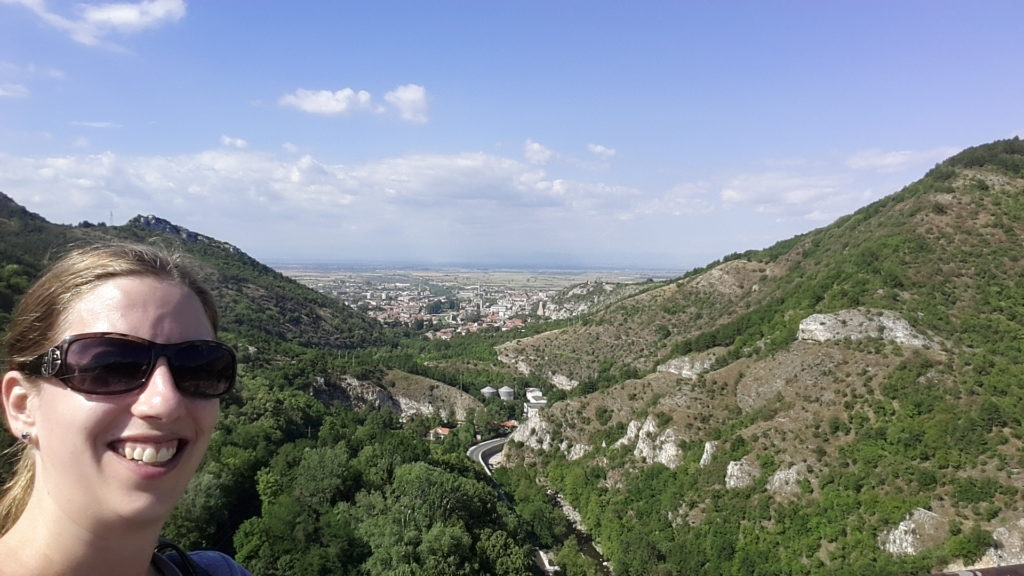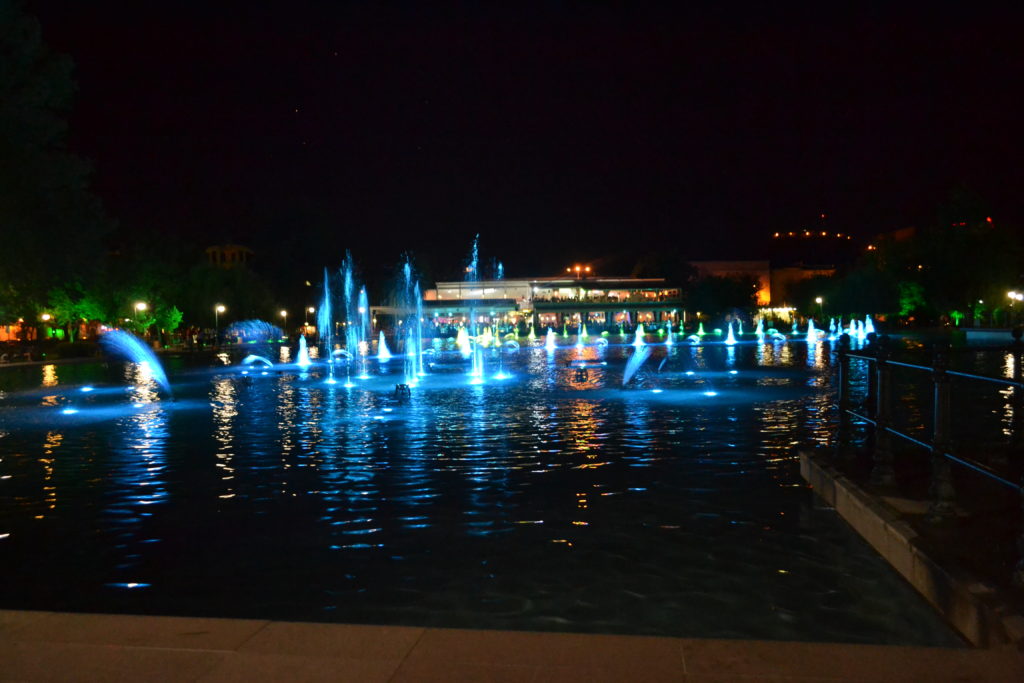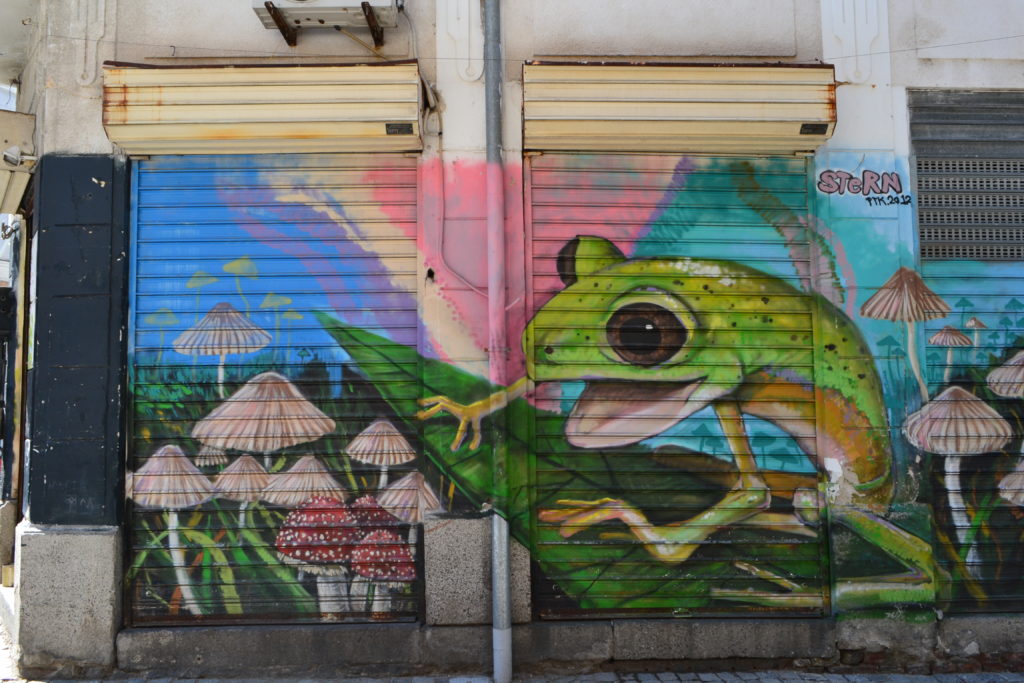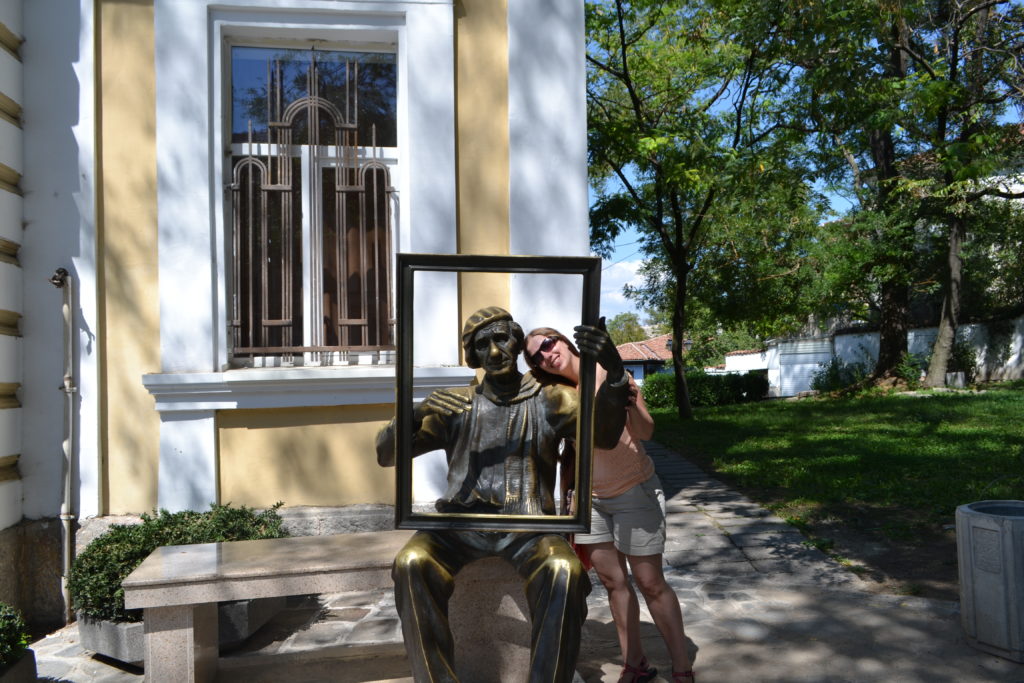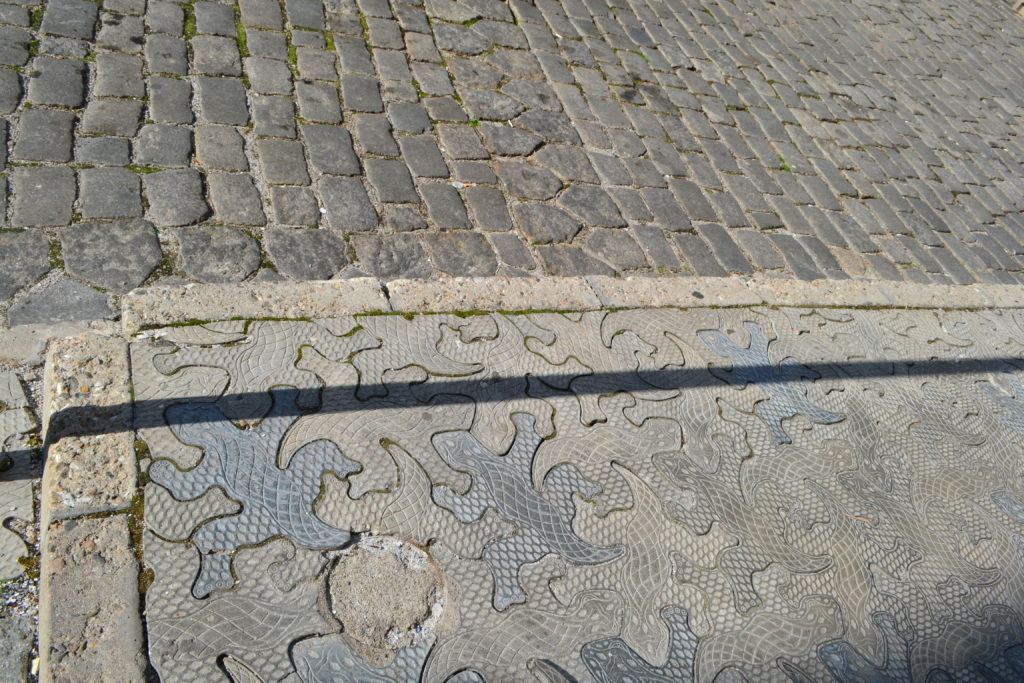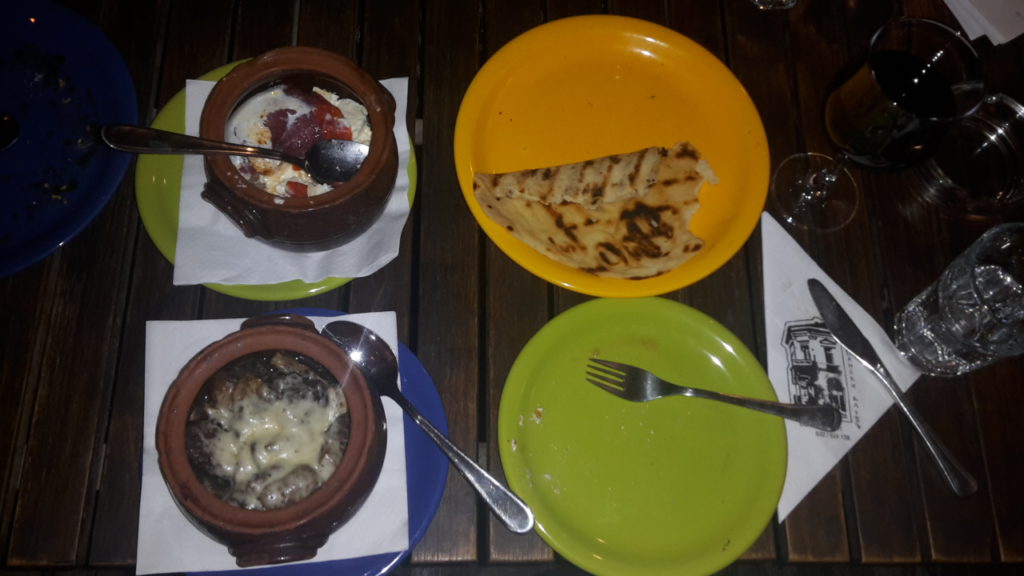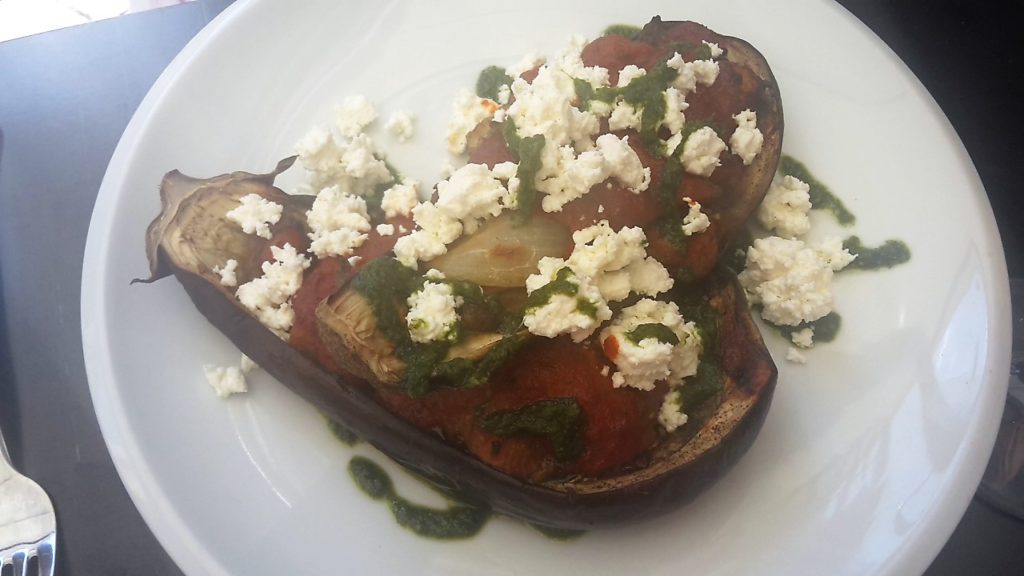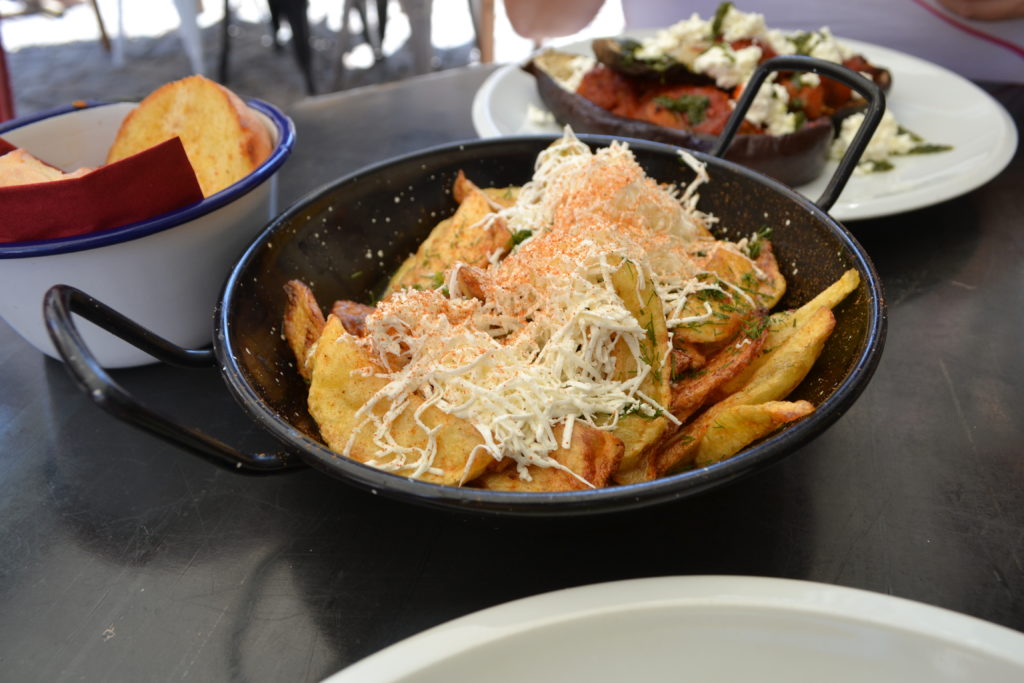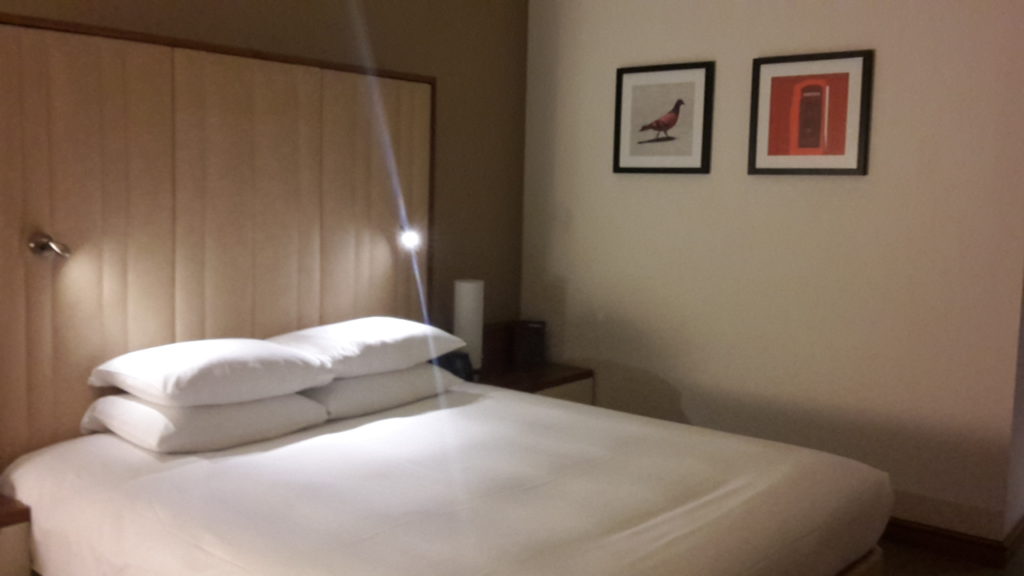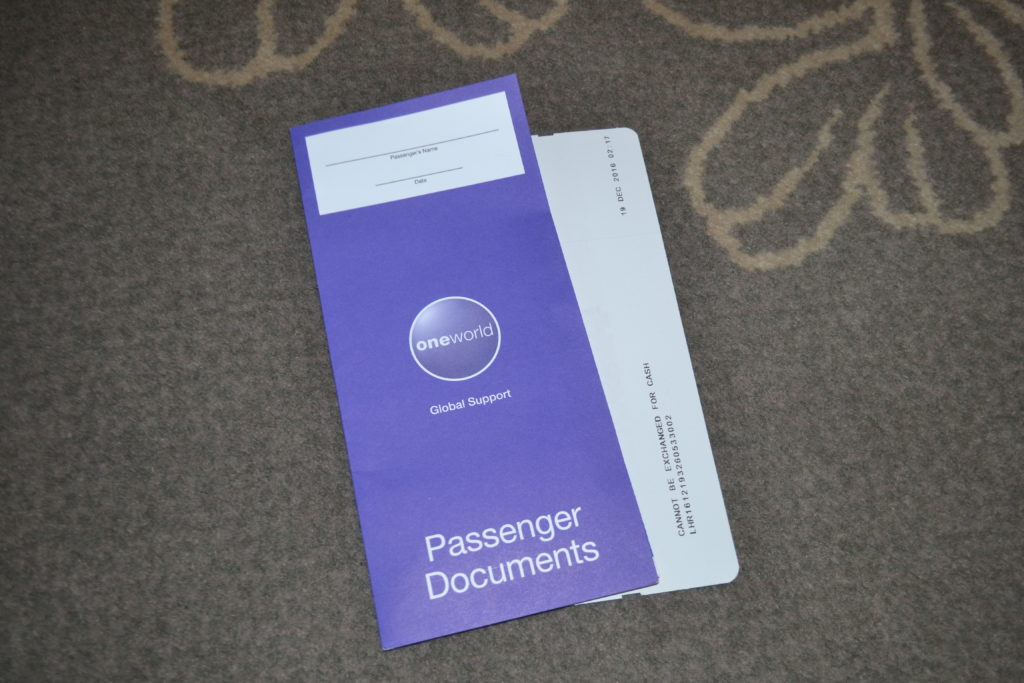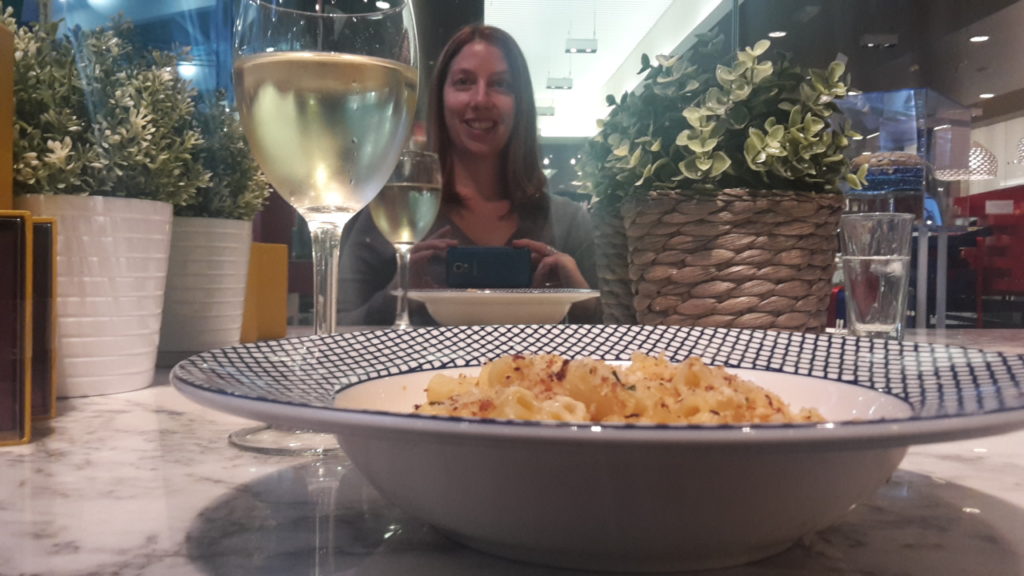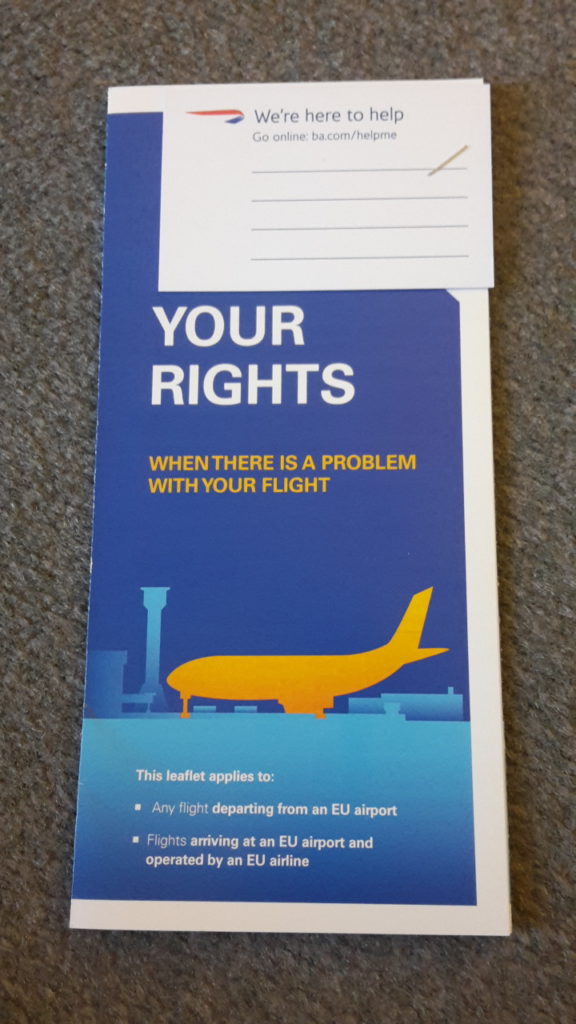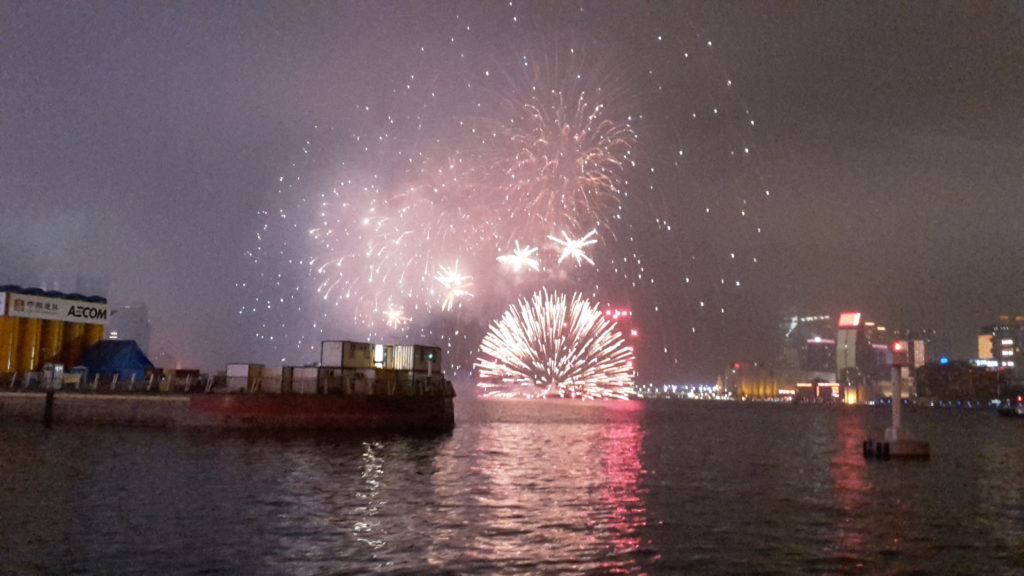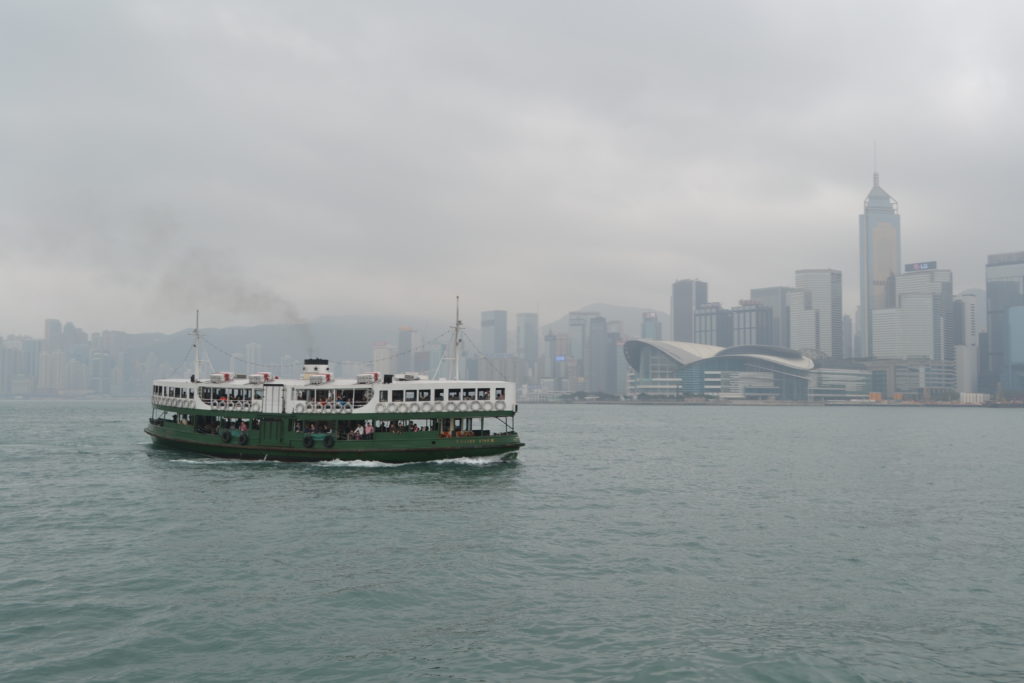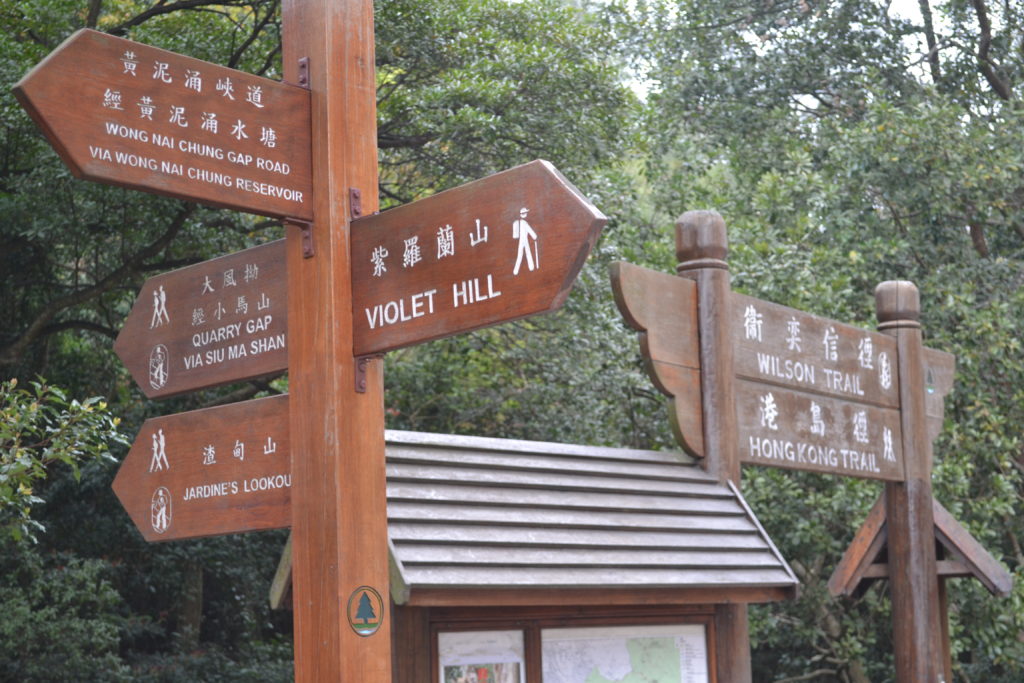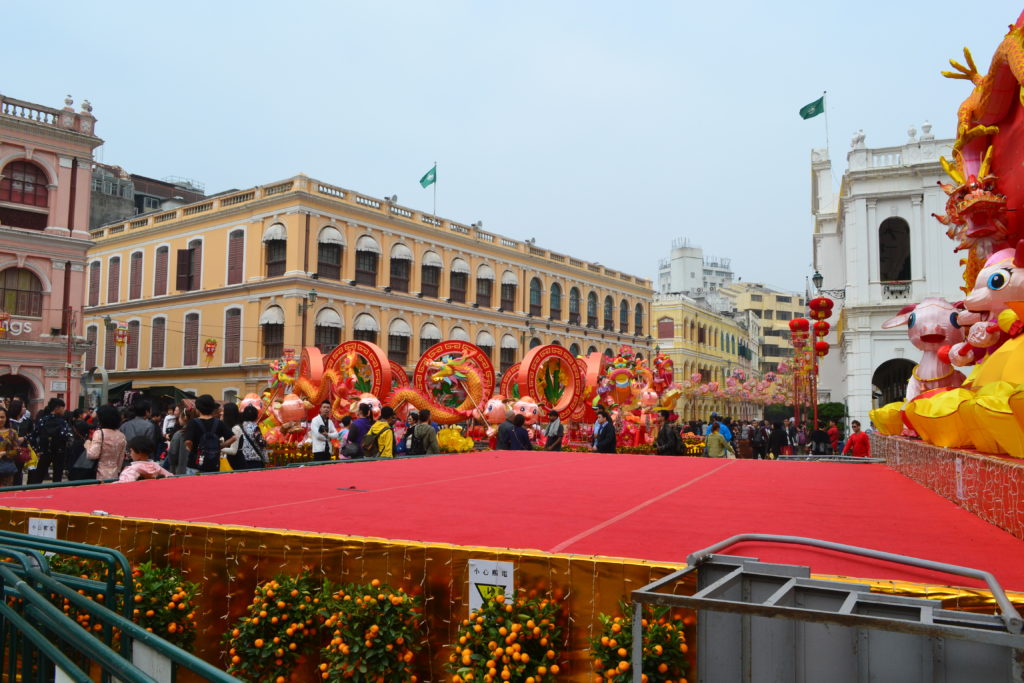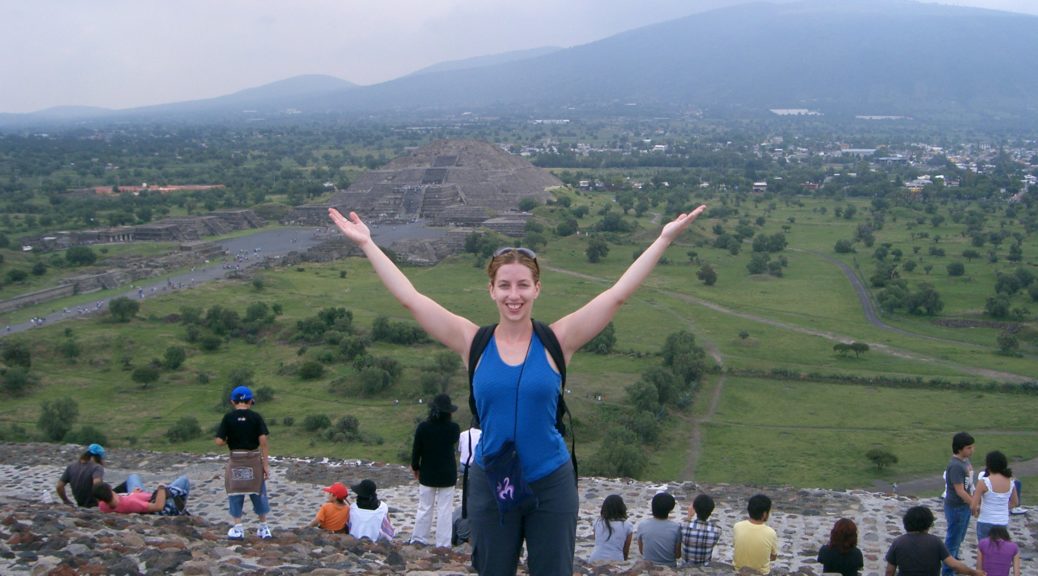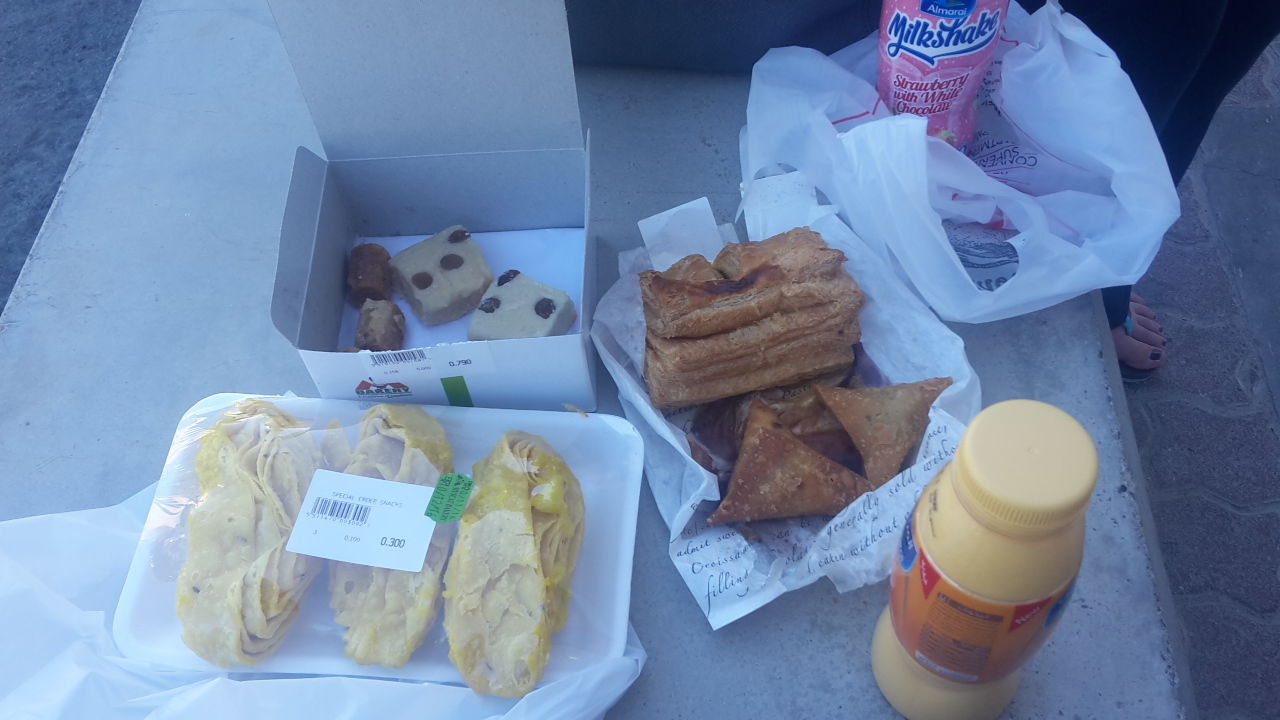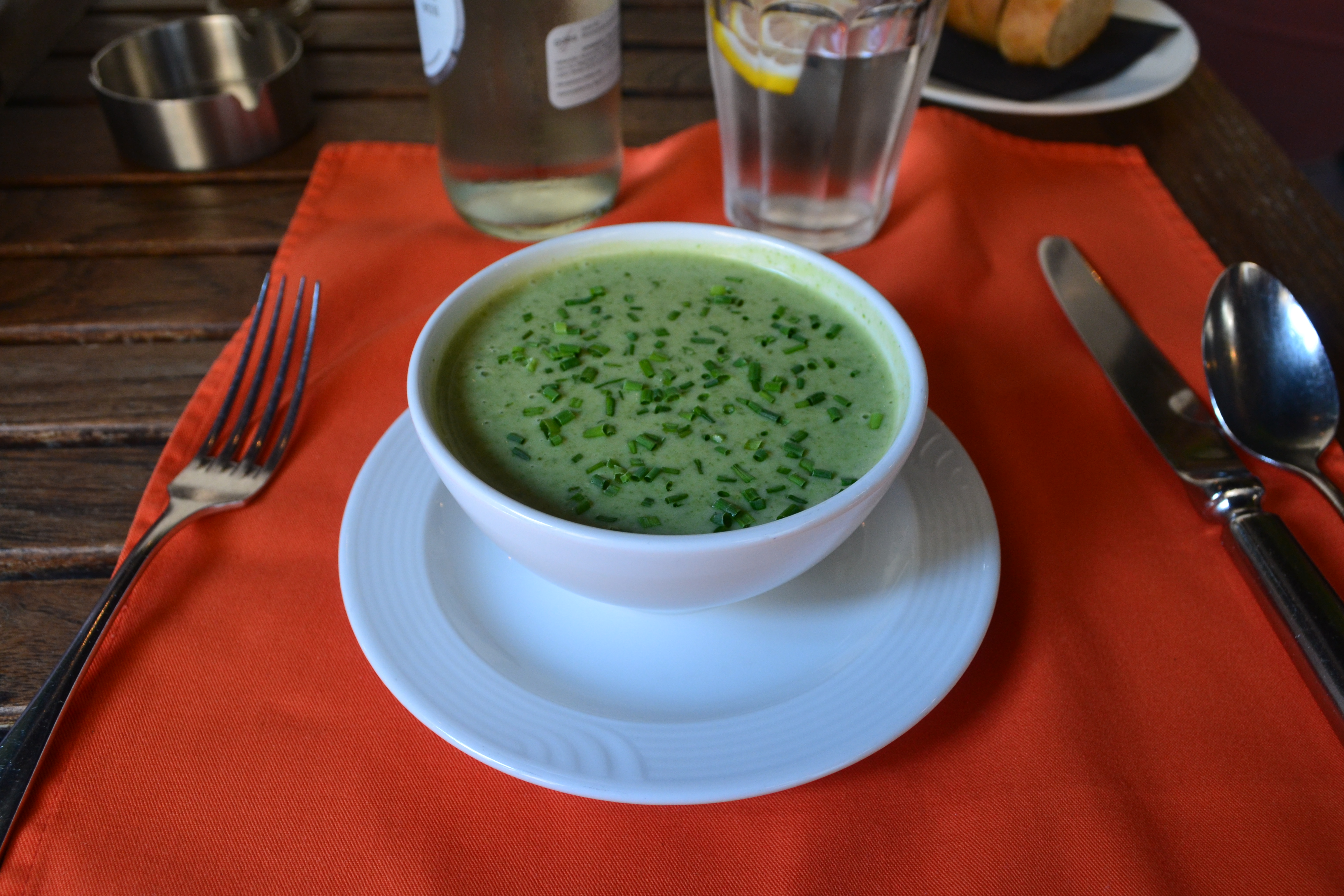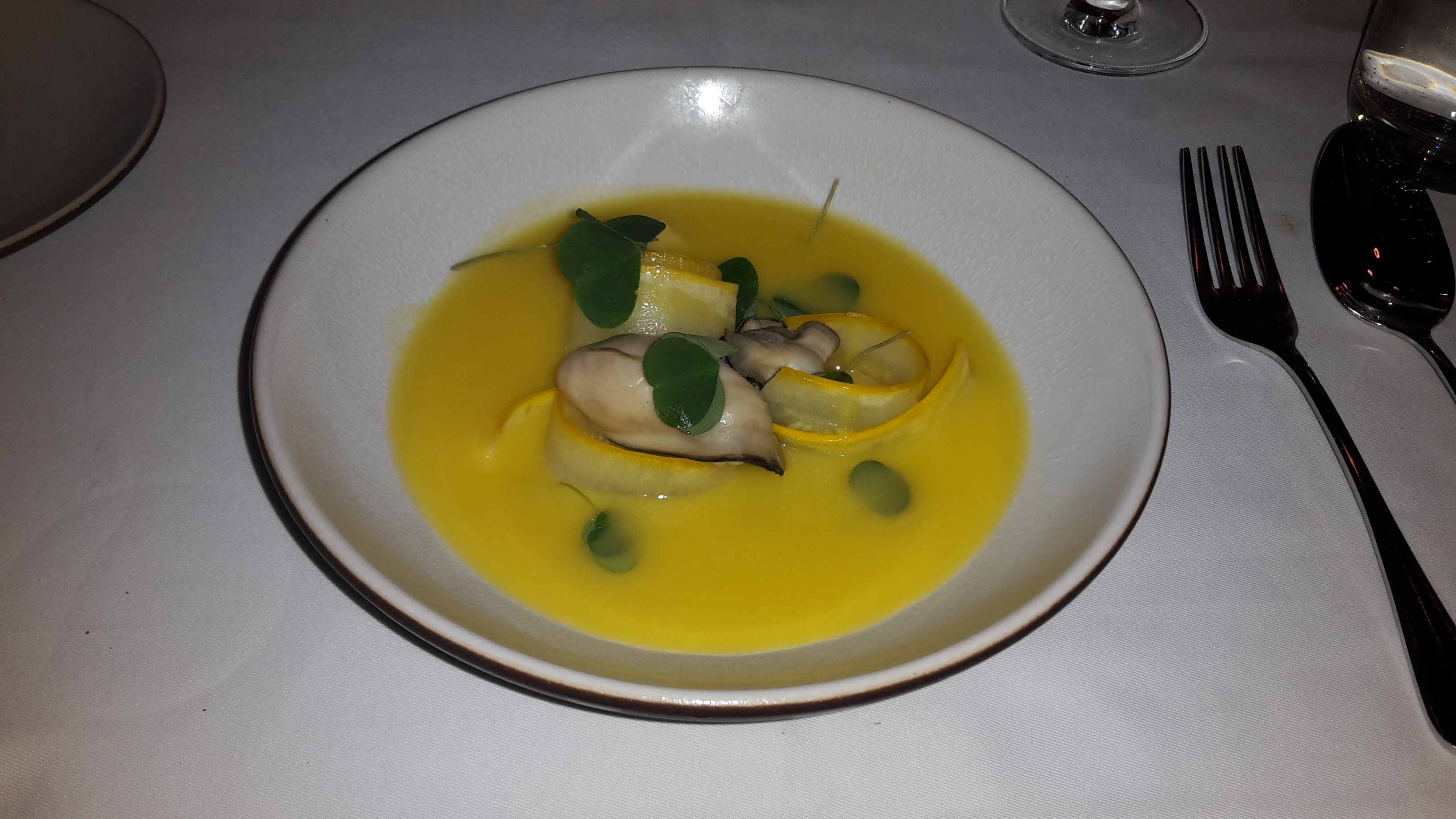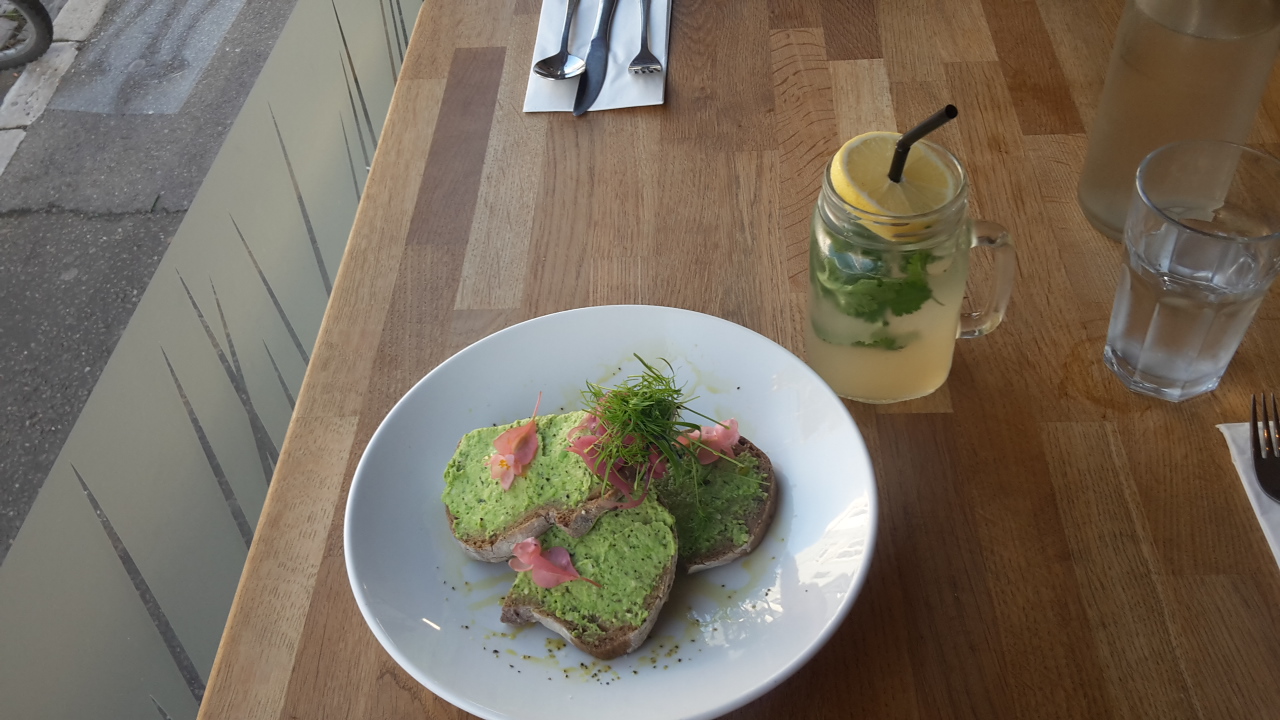Solo travel can look like so many different things, and is one of the most rewarding things I have done as a frequent traveler. I love having a buddy (or several) to share my travel adventures with, but there is a totally different perspective and awareness that comes from taking a trip just for you. Most destinations have an abundance of organized activities as well as plenty of things you can do solo, so you really can tailor the trip to what is best for you personally, or most comfortable. And you can still eat incredibly well while traveling alone. Even though I’ve been a solo traveler for nearly two decades, I keep planning (and savoring) solo trips, and have now visited over a dozen countries on my own.
Below I break it down into my step-by-step process for how I plan my solo trips, whether it’s for a weekend or a month. Follow the process one step at a time, and before you know it you’ll be on your first trip on your own!
Planning…
Step 1: Pick the amount of time you’ll travel.
This sounds basic, but it’s hugely important. If this will be your first solo trip, you’ll probably want to keep it to a day or weekend, so you can get a taste for solo travel without feeling too overwhelmed or stressed with the planning. Sometimes the amount of time will be dictated by your available vacation time from work or a period of time in between trips already planned with other people. In any case, decide on something reasonable that fits with your free time, level of comfort, and budget.

Step 2: Pick a destination.
This step can be done interchangeably with Step 1. Sometimes I block off time to travel and then pick where I’ll go & other times I have somewhere I want to visit and figure out how much time I have available to spend there. In any case, picking a destination is related to your free time, as you probably won’t want to venture too far for a weekend trip, but might spend 20 hours flying to go away for a month. Take into account how expensive a destination is (both to get there & once you arrive), whether you speak the language, and if there are enough things you’re interested in doing for the time you’ve set aside.
Step 3: Book transportation.
This step for me is always the point at which things go from me dreaming about a trip to it becoming R-E-A-L. If you book a flight in the US, you have 24 hours to change your mind, but most other US transportation options – and certainly international ones – are typically non-refundable or can only be changed with a hefty fee. So for me, booking my transportation to and from a place is when I feel committed. Figure out if it’s best for you to arrive by car, bus, train, or plane, look into economical options that work with your schedule. And of course, don’t forget to take a minute to run down my Travel Checklist for Booking Flights, most of which applies to bus or train transportation as well. Then just pull the trigger and book!
Let’s be real, people tend to be most terrified of this step, myself included. You may think it over for so long that there are no good cheap flight options left or you let your fear get the better of you and never actually make the plan. But take a second to think about it. At this stage, you’ve already decided where to go and for how long, so the hard part is over. Don’t think too much about it, and just book. Now you’re going on a trip!! And it’ll be great =)

Step 4: Decide how you’ll split your trip between time on your own vs. organized tours.
When I have a solo trip planned for anything longer than a weekend, I typically plan at least one formal tour. Not only is this a great way to get to know a place while hosted by locals or experts, it is a social activity that can be a nice way to break up time sightseeing on your own. I also use organized tours as a way to meet others, including (but not only!) other solo travelers. This is also your chance to decide how much time feels right for you to be traveling on your own. If this is your first solo trip, you might want to schedule some form of planned activity each day you’ll be traveling. Or every other day. Perhaps you like to explore new places at your own pace and will only schedule a single day activity for a week on the road.
This is your chance to be real with yourself about what feels comfortable and works for you. And the good news? There’s no wrong way to take a solo trip! Do it in a way so you don’t feel overwhelmed or in over your head. For me, if I’m feeling adventurous, I’ll book only a single tour – or even none at all. If I don’t have a lot of planning time, or will be too exhausted from a previous trip, I’ll slot in more activities in advance. You can get a better feel for what this balance might look like in the next section, where I share the details of previous solo trips I’ve taken. Of course, if you decide to not plan any organized activities ahead of time, skip straight to Step 5.
Step 5: Book accommodations.
The only reason I am putting this step after outlining your rough overview of your trip is because some organized tours or trips may involve overnights where you’re sleeping arrangements are taken care of (see more about my Thailand trip in the next section), so you’ll want to know which nights are not accounted for before booking where you’ll stay. Your style of travel may typically involve familiar chains or boutique hotels, but if you are traveling solo I’d also recommend that you consider booking accommodations where you can meet others easily, like a hostel. Many hostels offer private room options if you’re not interested in having a bed in a communal dorm room, and often will host other solo travelers who might be looking for a sightseeing companion for a day or afternoon. They are also great sources of information on local tours and excursions, and can often book these for you directly. Regardless of which type of accommodation you choose, be sure to run down my Travel Checklist for Booking Accommodations.
I urge you that even if your days are unplanned, to book accommodations ahead of time, so you know where you’ll be resting your head each night. Even if you’re a seasoned solo traveler who chooses to not book and leave it up in the air, at a minimum take a few minutes to search and do a reality check that there’s still decent availability on the nights you’ll be somewhere – not every destination has a wealth of places to stay or there may be a convention or special event in town you didn’t know about that has most places already booked up. In which case, you will probably want to go ahead and reserve accommodations in advance.
Step 6: Rent a car (if applicable).
Honestly, I tend to shy away from renting a car when I’m traveling on my own. Street signs, especially in a foreign country, can range from confusing to being displayed in a different alphabet from your own. And navigating can also present challenges, even if you have a data plan for your phone or have rented a GPS along with the vehicle. Personally I like driving in a strange place with a buddy, so one person can drive and the other help navigate, although I have rented a car on my own in more familiar locales. If you do go this route, be sure in advance that you’ll really be comfortable doing so, and also check out my road trip tips – some of these are Europe-specific but many apply to any time you’re renting a car or taking a road trip.
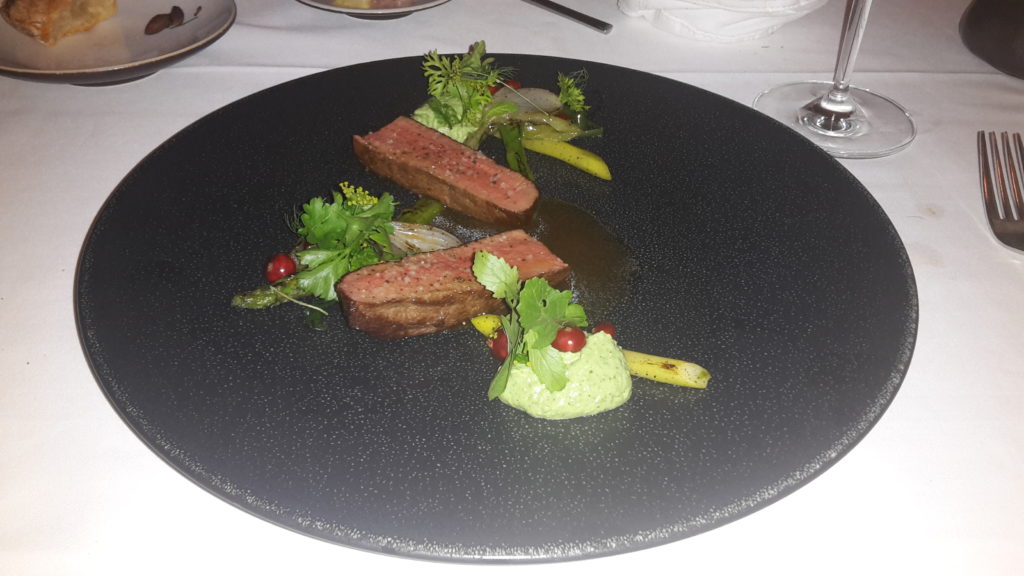
Step 7: Figure out if there are any restaurants that you’ll want to reserve in advance.
Sometimes for me this step is quite quick, involving a cursory internet search to discover that I’ll probably want to stick to low-key places or that there are no “fancy” restaurants or local hot spots I really want to sample that would involve a reservation. In other cases, I’ll get caught up scouring many excellent options and reserve one or several places for dinner around any organized tours I’ve already planned. Again, specific to your level of comfort, you can eat street food for all of your meals, plan all your meals at sit-down establishments, or anticipate a mix of sit-down places and eating on the go. There are a great variety of restaurant types that are friendly to the solo diner, and of course you can pretty much always find a place to eat, even without advance planning.
Step 8: Do as much (or as little) additional research as you’d like.
For certain trips, I’ll spend weeks intermittently looking into sights to see and places I’d like to eat while I’m there. Sometimes for me this is flipping through a guidebook at the airport waiting for my flight, or during the train ride or flight itself. Or posting a plea on Facebook a few days beforehand requesting begging for recommendations from friends who have previously visited a certain destination. This is another step that is really up to you in terms of how much, if any, effort you put into it, depending on your comfort level and how much of your trip you’d like to be planned out in advance.
*NOTE: Regardless of your level of advance planning, still check out the “Before you go” section below for the essentials to definitely complete before your trip begins, regardless of how much other planning you’ve done ahead of time.
Details of actual solo trips I’ve taken!
I’ve given a detailed run-down of my trip planning for my week-long solo trip to Thailand in 2015, plus an overview of one shorter and one longer solo trip I’ve done to give you an idea of what your trip might look like – and how little planning it takes to flesh out an itinerary for a week away on your own.
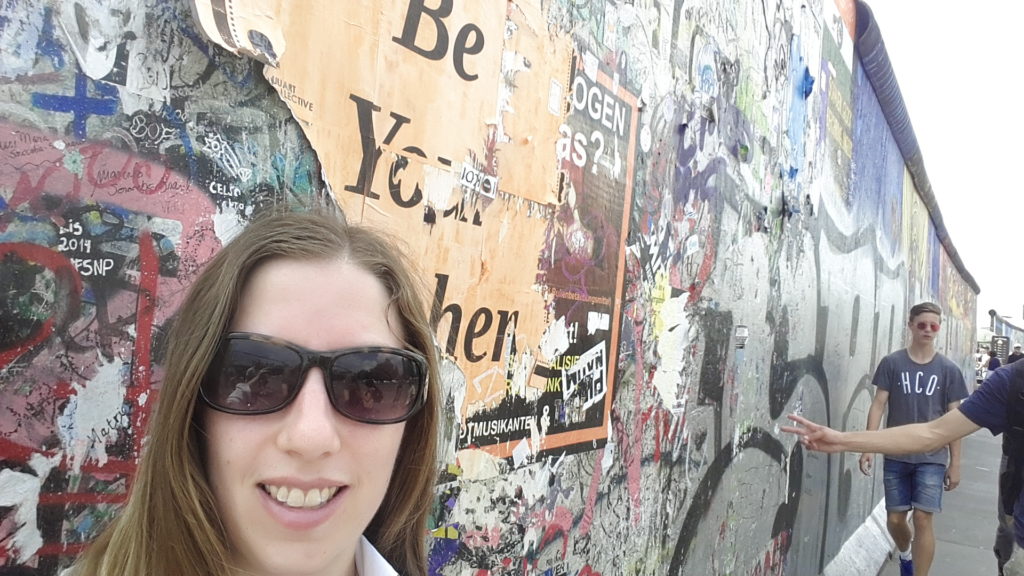
Berlin, Germany (long weekend)
There are an abundance of walking tours in Berlin, so while I didn’t buy a ticket ahead of time, I did research into the meeting spots and times for different options, and ended up having a great introduction to the city with an experienced guide. I also blocked off one day to visit the Sachsenhausen concentration camp, which has an audioguide and the option of an in-person guide as well. Then I left my other two days unplanned, although I did do advance research into restaurants to try and sightseeing options. You can find more details about my favorite spots and best Berlin meals in the blog post I wrote here.

Thailand (1 week)
Steps 1 & 2: My solo trip in Thailand was actually my second time visiting the country, and I chose to spend a week there between the northern town of Chiang Mai and Bangkok, the capital.
Step 3: I knew I wanted to spend most of my time in Chiang Mai (which I had missed on my first trip), then went ahead and booked my flights to and from Bangkok, with a side round-trip flight to Chiang Mai.
Step 4: In terms of activities, I was interested in spending so much time in Chiang Mai to be able to do a 2-day meditation retreat and also some rock climbing. After looking into some options, I realized that I could do an overnight homestay as part of a climbing and zip-lining trip, so booked that as well. That was just enough organized activity, although I did meet another female traveler at my hostel who arrived a day before her travel companion, and we spent my first afternoon in town exploring Chiang Mai together.
I had two full days in Bangkok, and booked one organized activity there – a night tour of the city by tuk-tuk, including street food and sightseeing. I sought out this option after knowing from my previous trip both how hot the city can get during the day and also how difficult it can be at times to navigate between different neighborhoods.
Step 5: I booked a private room in a hostel in Chiang Mai for the nights I wasn’t away (2 of my excursions were overnight), and then reserved a bed in an all-female dorm in Bangkok (close to the MRT stop where the airport express arrived). Saving money on my Bangkok accommodation let me splurge on my meals there =)
Step 6: Nope, no rental car.
Step 7: I knew I wanted to eat at nahm in Bangkok, one of the “World’s 50 Best Restaurants,” so I made a reservation for my last night in town. Their tasting menu ended up being well-suited to the solo traveler, since there was a lot of choice across several categories of dishes with the portion size being adapted to the number of people at the table. And my meal was absolutely delicious, and good value compared to tasting menus in Europe, Australia, or the US since the prices were in Thai Baht, the local currency.
Step 8: I did a bit of additional planning about sights I had missed in Bangkok on my first visit, and spots to check out around Chiang Mai. My list ended up being broken down into “EAT” and “DO” sections, with some vague entries like “temples” and “get massages!” along with specific items, like visiting the Jim Thompson house in Bangkok.
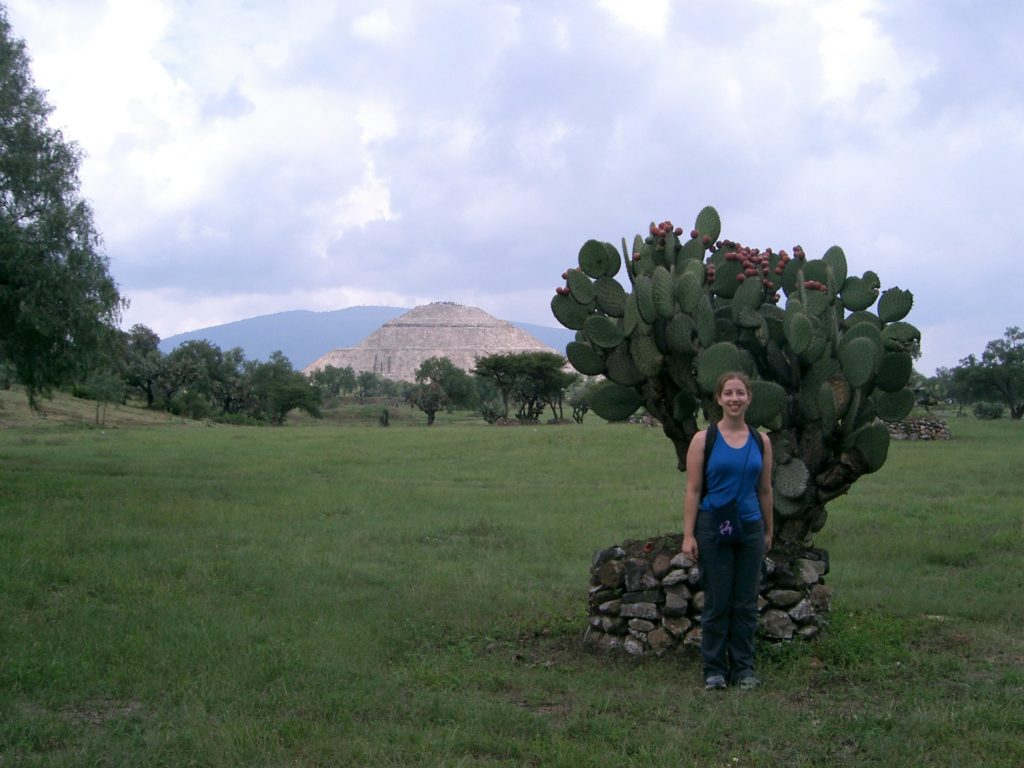
Mexico (5 weeks)
The part that was planned ahead of time was my time in each general area, as I did book a few flights within Mexico to get between different regions. I actually did pretty much nothing though in terms of planning organized tours in advance, although I did hire guides on the spot at several tourist attractions and joined a lot of day tours that I arranged through the hostels where I stayed. There were also several important religious celebrations taking place over my trip, so I planned to be in proximity to where I could celebrate on the pertinent dates.
Want more details on the nitty gritty of planning a solo trip? Something else you’re still unclear about that you’d like me to cover in a future blog post? Let me know in the Comments!
Before you go…
The amount of advance planning I do depends on all sorts of factors, from how I’m feeling about a trip to how much planning I think I need to do to get the most out of a destination. Your level of planning will probably vary as well from trip to trip, depending on how much free time you have, your motivation, and how important you think prior planning will be to your enjoyment when you travel. Regardless of how much activity planning and restaurant scouring you decide to do, there are some non-negotiables for me when it comes to solo travel:
Know how to get from your arrival point to your accommodation. Please, please, please don’t wait until after you’ve arrived to realize that you have no clue how to get from the airport or train station to your hotel. It’s much less stressful to have a plan in advance, and you can’t always count on having helpful information desks accessible (or with English-speaking staff on hand). Plus, one of the best ways to keep safe as a solo traveller is to know where you are headed – or at least look like you do – at all times.
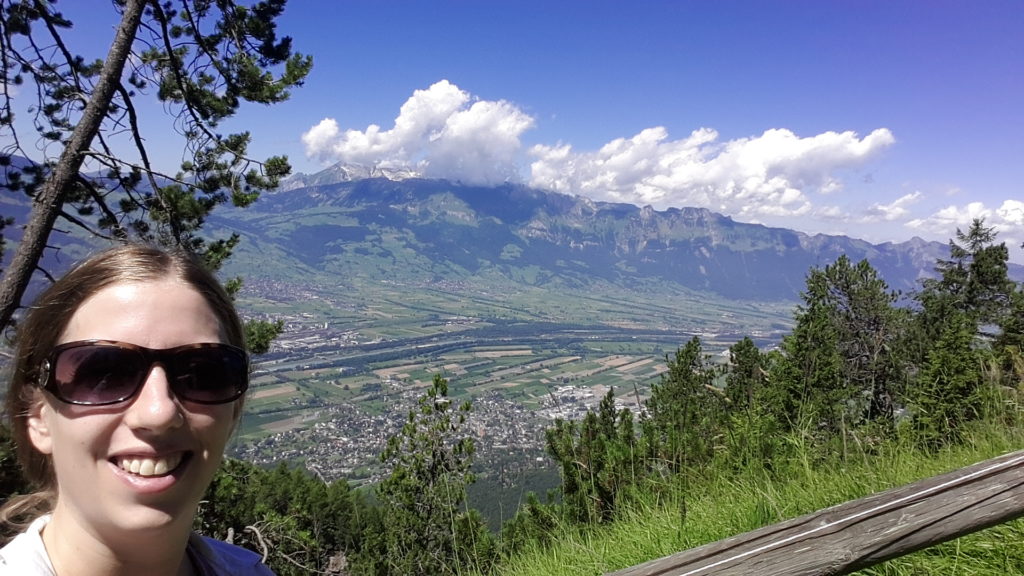
Send your detailed itinerary and a scan of your passport to a trusted friend or family member. It’s always good to have a copy of your travel plans with someone who is not traveling with you. Especially if you go off on your own, like I did on the hike in Liechtenstein pictured above. Hopefully it won’t need to be accessed, but it’s good to have someone with those details just in case.
Print hard copies of all of these details. Technology is wonderful, but it doesn’t always work when we need it most. Be sure to have your accommodation confirmation and directions on how to arrive there in hard copy, as well as a copy of your itinerary and a photocopy of the main page of your passport. I usually keep a copy in my purse and also in one of my carry-on bags so everything is duplicated.
Of course, while these three things are especially important for solo travel, they are not the only steps I recommend to prepare for travel. Check out my Pre-Trip Travel Checklist for more on how you can be best prepared by the time you arrive.
And for some additional safety tips to keep in mind before you go and as you travel, check out these Essential Tips from The Blonde Abroad (which are aimed at solo female travellers, but really good advice for everyone!)
On the road…
I have a few final words to the wise for the time you’re actually on your solo trip, so you can make the most of your time away:
Trust your instincts. You already know when a situation doesn’t feel quite right or something is just ‘off’ about a place. Or a person walks into your train car or sits next to you at a bar and you feel instantly on edge. Especially as a solo traveler, don’t be afraid to walk away from an uncomfortable situation, even if you’ll look silly in the process. Feeling silly for a moment trumps compromising your safety. Every time.

Do what you *want* to do, not what you feel like you *should* be doing. This is a trap that a lot of travelers fall into, not just ones adventuring on their own. There is probably a list for your chosen travel destination of “must see places” or “must have experiences.” Those are great places to start your planning, but don’t feel compelled to do something just because everyone else is too. Sometimes my first hours in a new place have been walking the strip malls in the local neighborhood because that is all I felt up for doing, instead of heading to a top tourist attraction. Or passing up an outdoor adventure an hour-long bus ride away that sounded amazing to have a quiet day in town instead. It’s okay, even if the thing you feel like you should be doing (but don’t want to in the moment) is something you’ve already planned for.
Check in with yourself as you go. It’s a good idea to consciously touch base with your own travel desires every few hours or daily on your solo trip.
- Are you feeling too planned and want more open time to wander?
- Feel lonely and want to book an extra organized tour or guide at a specific sight?
- Want some down time in a green space reading a book on your own?
Don’t be afraid to deviate from any previous plan you might have had – being able to change your plan at a moment’s notice is one of the advantages of solo travel. This is your chance to make adjustments so you enjoy your time even more!
Solo travel can sound intimidating, but really it’s an opportunity to customize a trip exactly to your own travel style and feelings in the moment. It’s a hugely liberating feeling to be able to make all of the travel decisions based on what you alone want, and is a great way to connect with those desires. And it also is not limited to being on your own every minute of every day. Solo travel for most is really a blend of organized activities and tours that take place with others along with sightseeing and wandering alone. So take it one step at a time and get out there!
What was the hardest part for you before you took your first solo trip? Or what things still frighten you, even after reading this step-by-step guide? I’ll address any concerns you still have personally.
And do you have any solo travel tips I haven’t already mentioned? Fire away in the Comments below!

